This is the visual story of how an Autumn road trip through the Italian region where my family comes from (Liguria), helped me clear my mind after experiencing the most hellish situation at home. Visiting all these astonishing places with ease after more than seven years abroad, including a whole year of Covid-19 lockdowns and restrictions, while indulging in the local low-stress way of life (not to mention the scrumptious local food), had all but the effect of a soul balm on me. It reconnected me to my roots in a time of uncertainty and hopelessness. [1]
Incidentally, I also happened to watch Pixar’s Luca at the very same time, an animated movie very loosely based on Ligurian folklore and atmosphere. Now, when Pixar announced in July 2020 that their next project was going to be based on a fictitious place inspired by the Cinque Terre, a UNESCO World Heritage Site comprising five breathtakingly beautiful historical towns, I was shocked. For geomorphological reasons evident to anyone able to look at a physical map, the Ligurian region lacks the infrastructures and the space to accommodate the kind of mass tourism, nay, the hordes of day-trippers inspired by blockbuster movies. See for yourselves what happened to the eponym Thai beach featured in Leonardo Di Caprio’s 2000 movie: all but destroyed by the most voracious forms of mass tourism industry and now closed indefinitely to allow it to recover, if such a thing is possible.
I know very well that tourism, and the sectors revolving around this industry, constitute an irreplaceable and most important contribution to the local economy. However, sometimes we need to ask ourselves how the short-term economic gains weigh against the long-term environmental cons and the need to preserve certain historical places for future generations. In any case, we dodged the bullet. One of the very few silver linings of the Covid pandemic was that, environmentally speaking, Liguria and the fragile environment of the Cinque Terre were safe… for the time being at least [2]. Also, it didn’t quite help the cause for mass tourism the fact that the movie was bland at most and blatantly uninspired at best. I waited 30+ years for a Disney Classic to take place in Italy, in ancient Rome, or by proxy through any Roman myth (no, Hercules is Greek and doesn’t count!), and all we got was this irksome depiction of a watered down and almost unrecognizable Ligurian culture, with the main characters dubbed in the original version by non-Ligurian actors (not even actors of Italian descent) and, most egregiously, not a single “Belìn!” uttered in the movie. [3] Totally unbelievable worldbuilding!
For the time being, let’s put aside all discussions about late-capitalistic cultural appropriation, for I am glad to present you some of the most beautiful villages of Ponente, the West Coast of the Ligurian Riviera. Yes, there’s more to Liguria than just the Cinque Terre! And, please, for the love of Belenus [4], should you ever go on a trip to visit Liguria, please try and reduce your carbon footprint, respect the environment and the places you visit, be always mindful of local culture and local customs, be ready to walk a lot (like, A LOT!), and take account of the possibilities offered by the off-season tourism market to avoid crowding towns already jam-packed and heavily congested by traffic.
Enjoy!
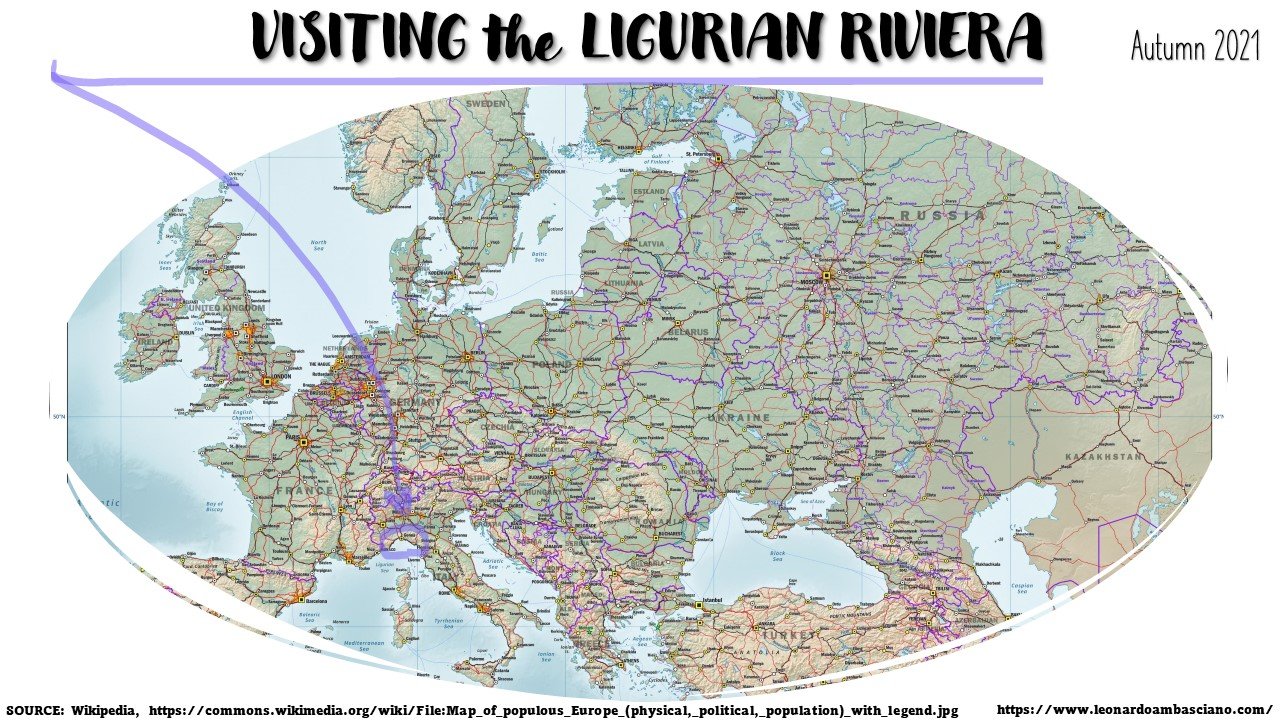
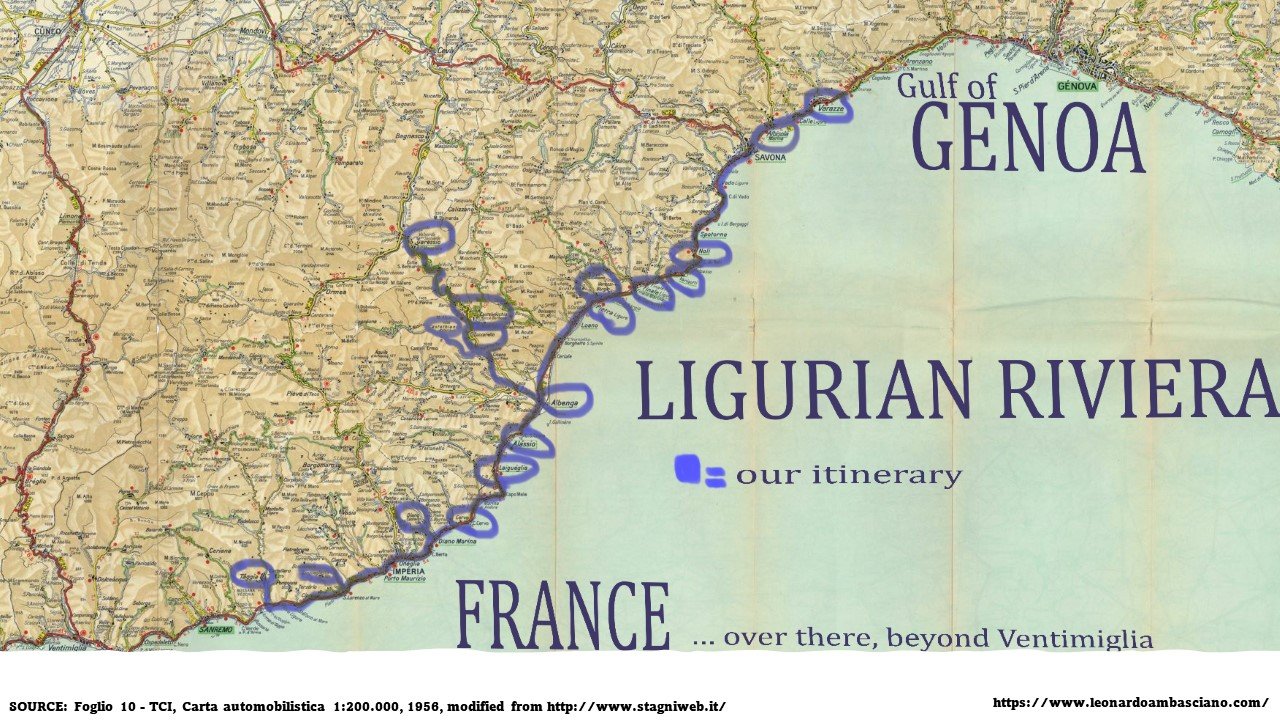
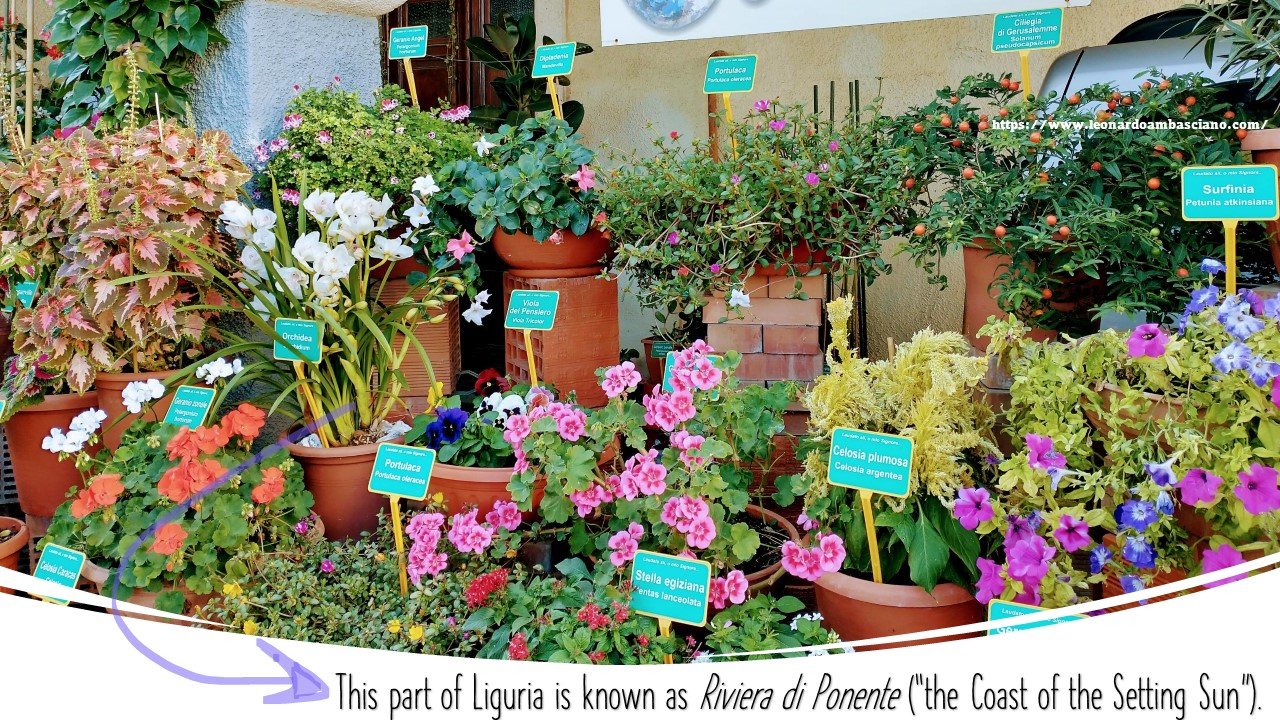
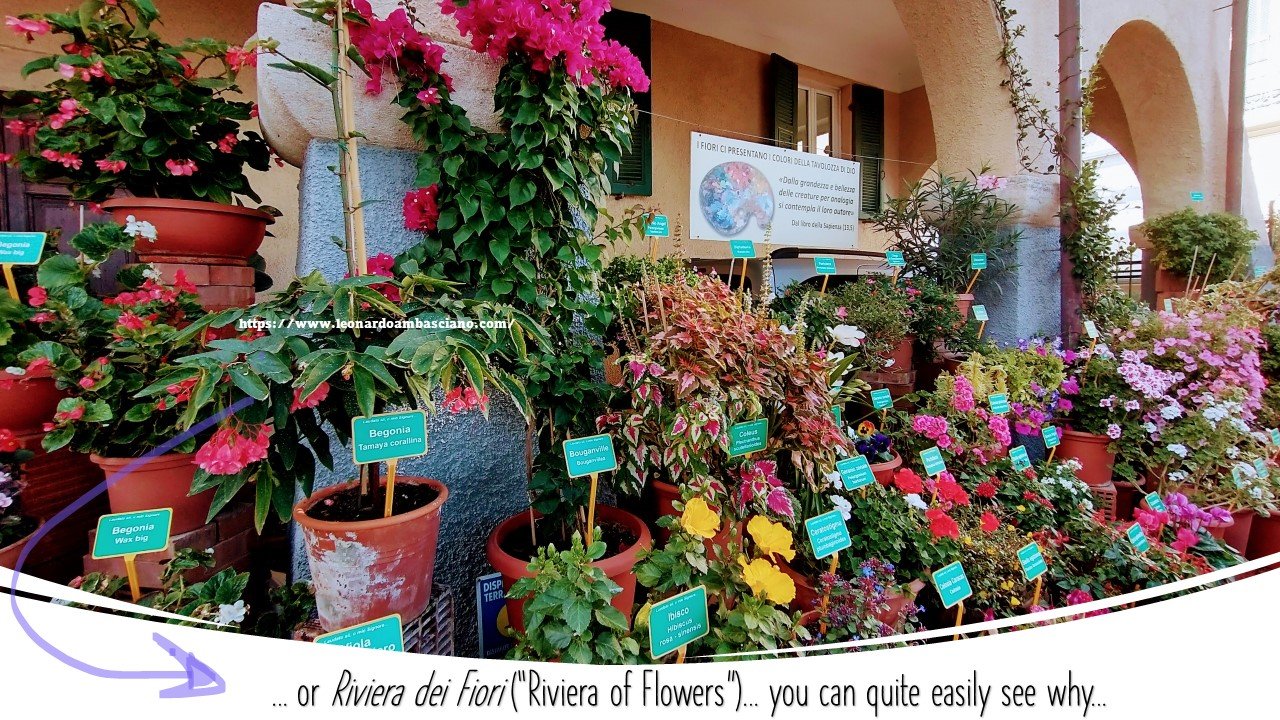

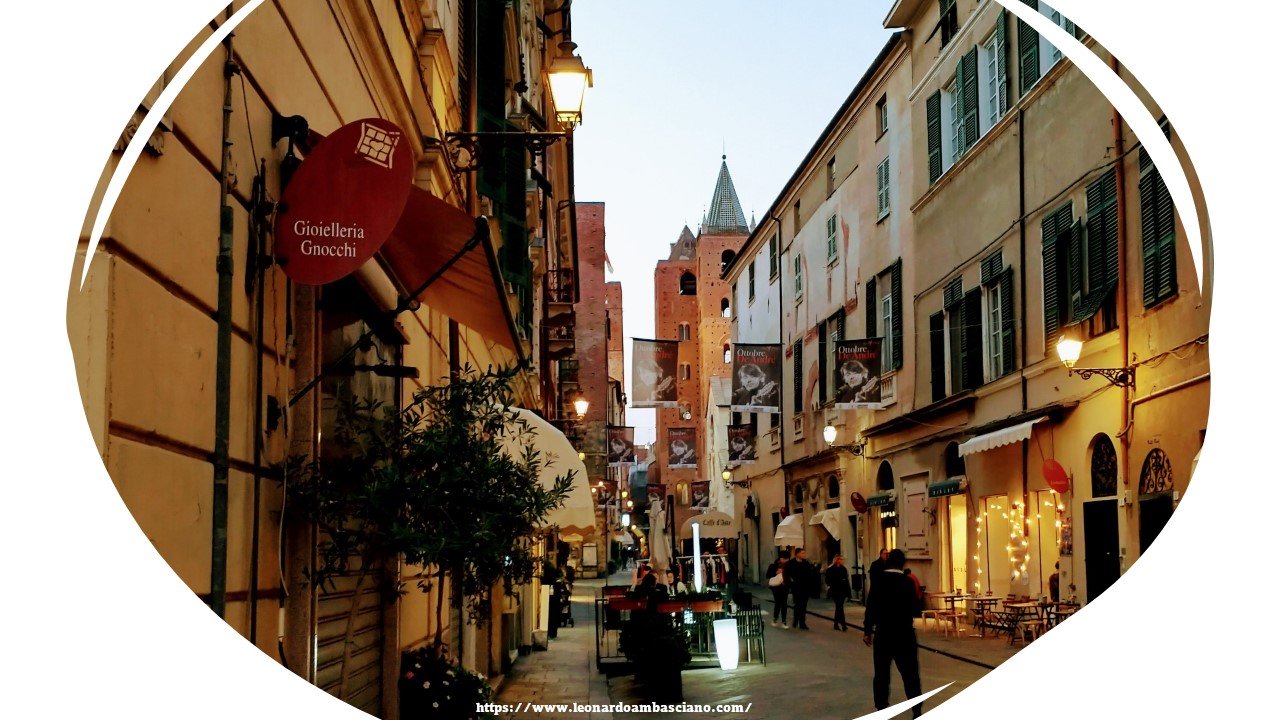
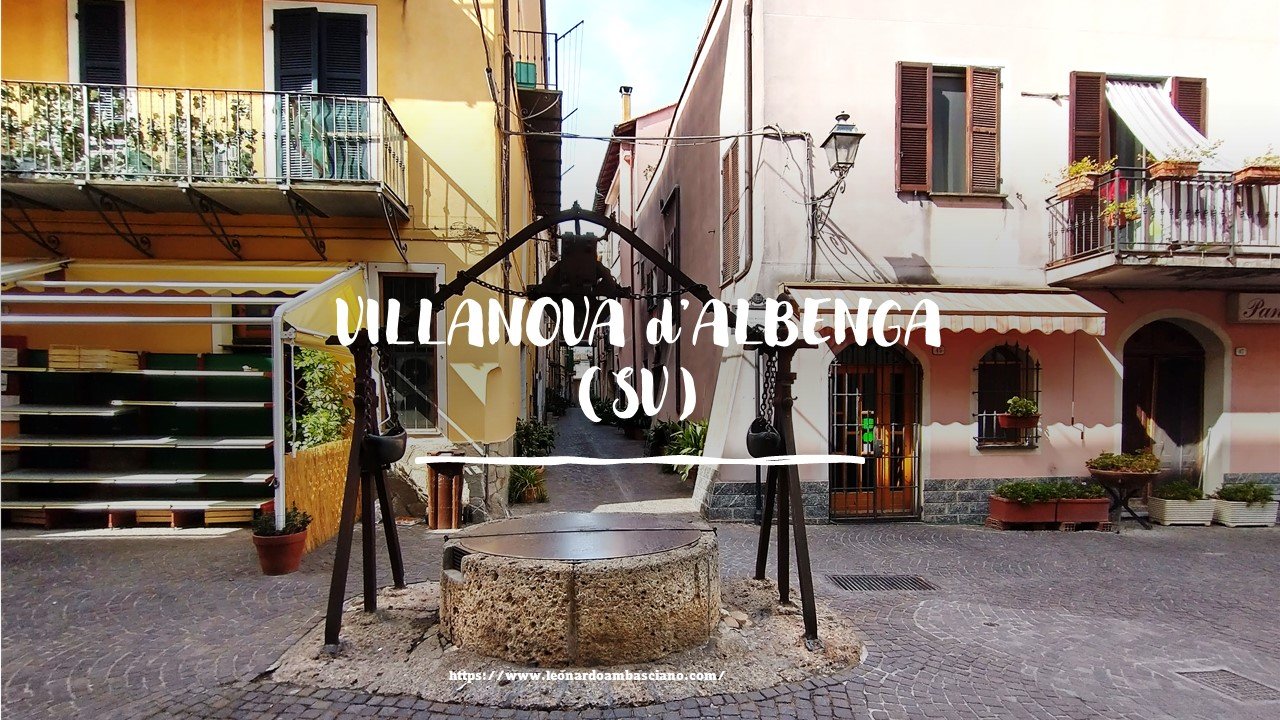

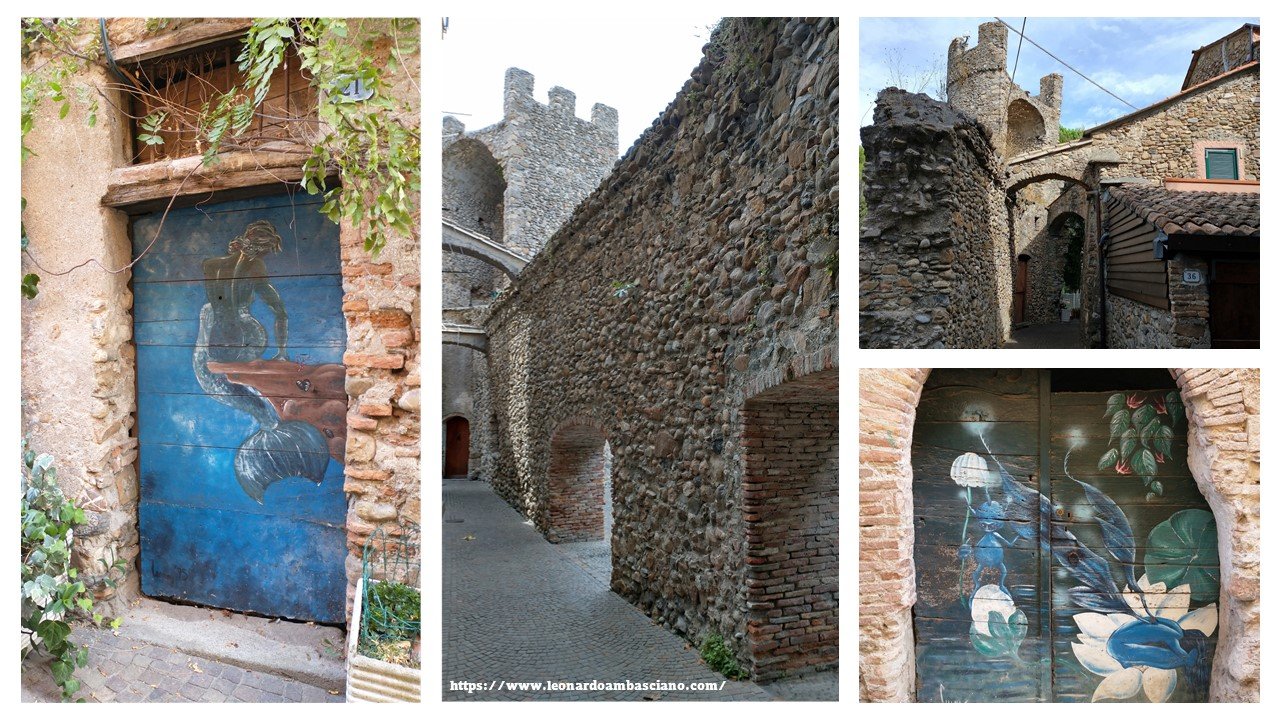
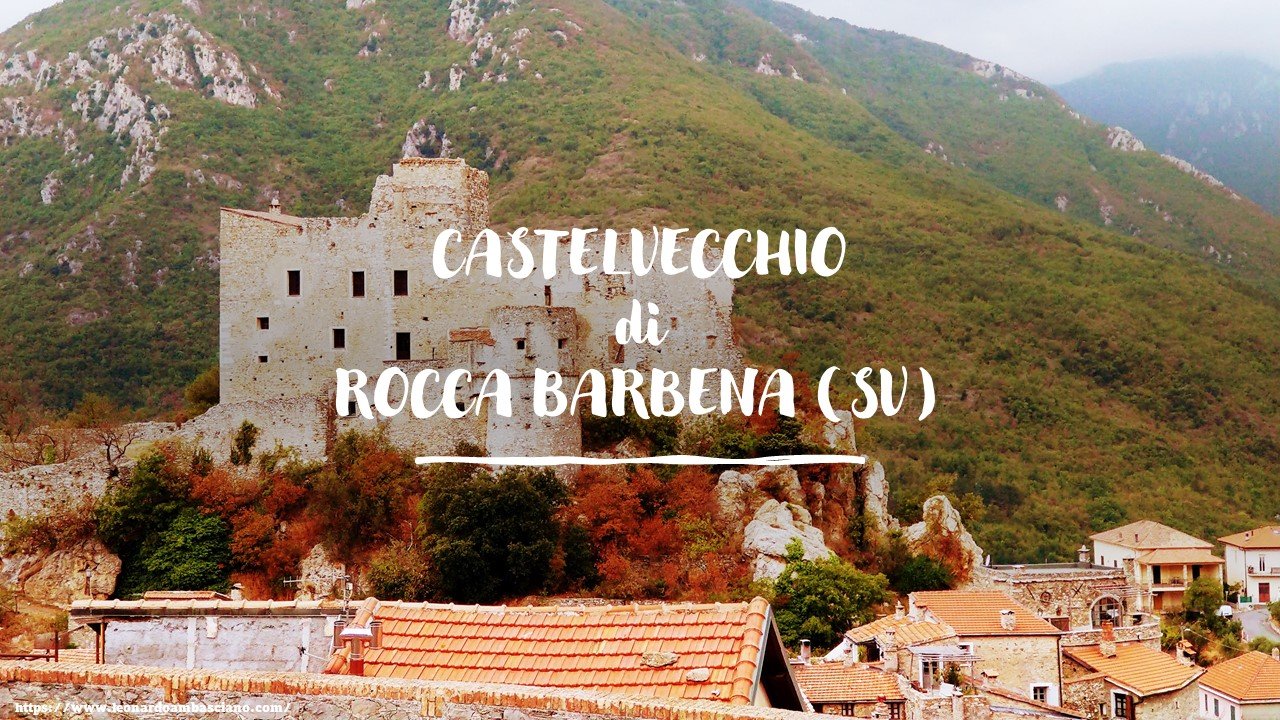
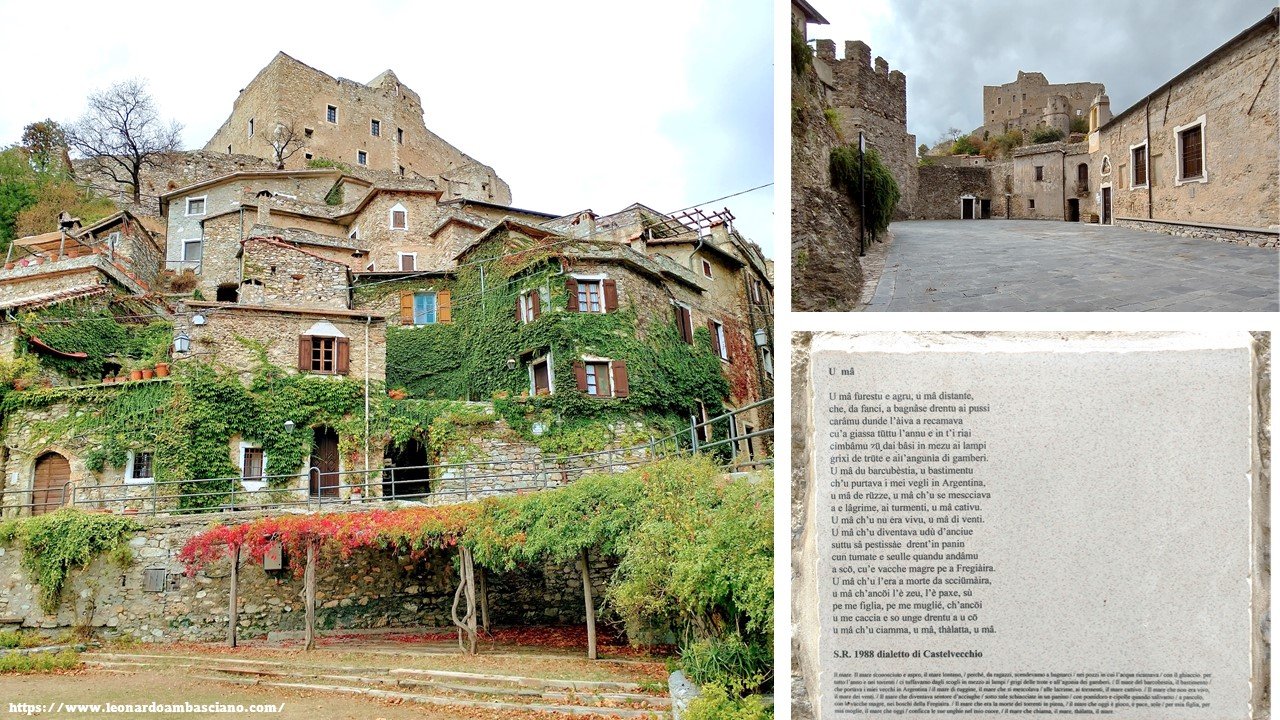
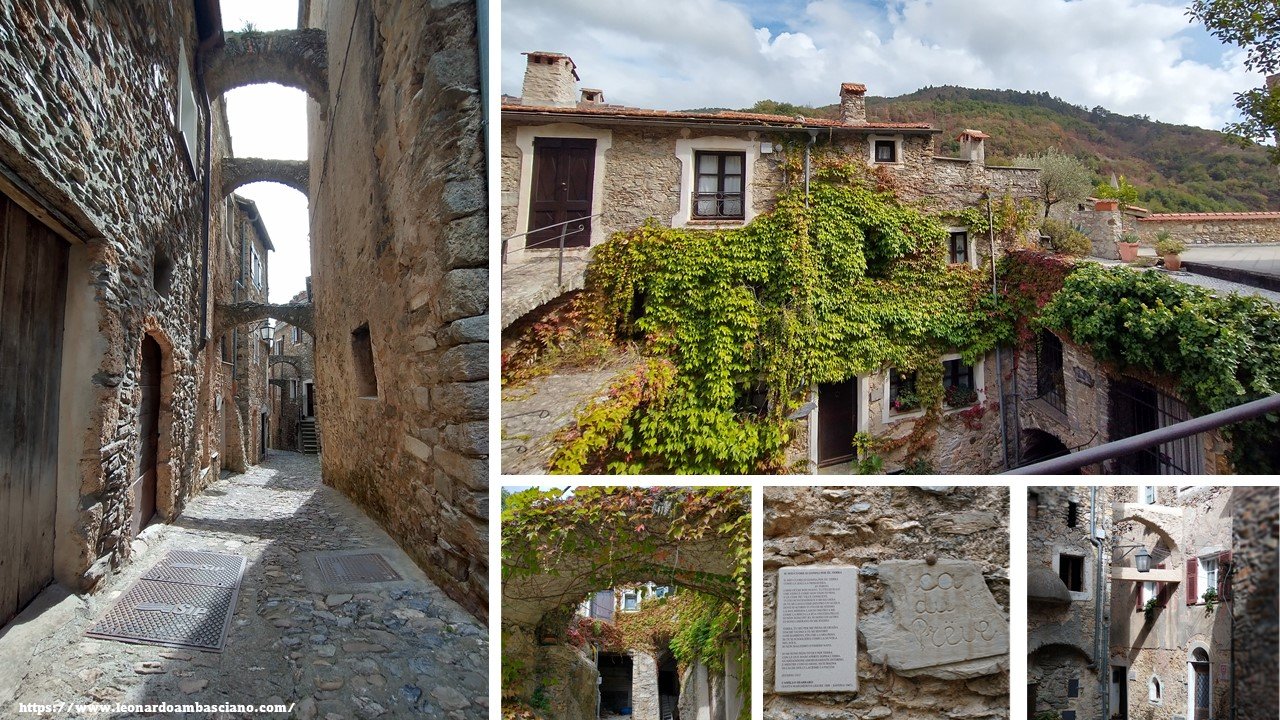
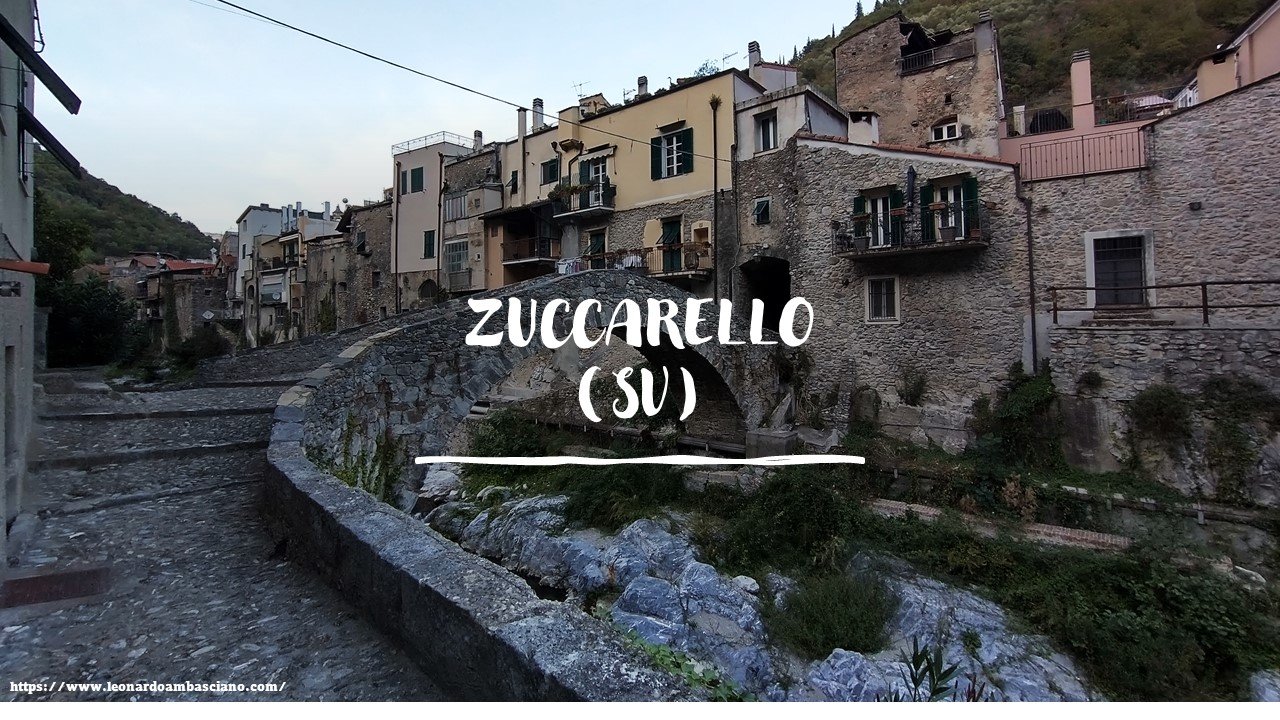
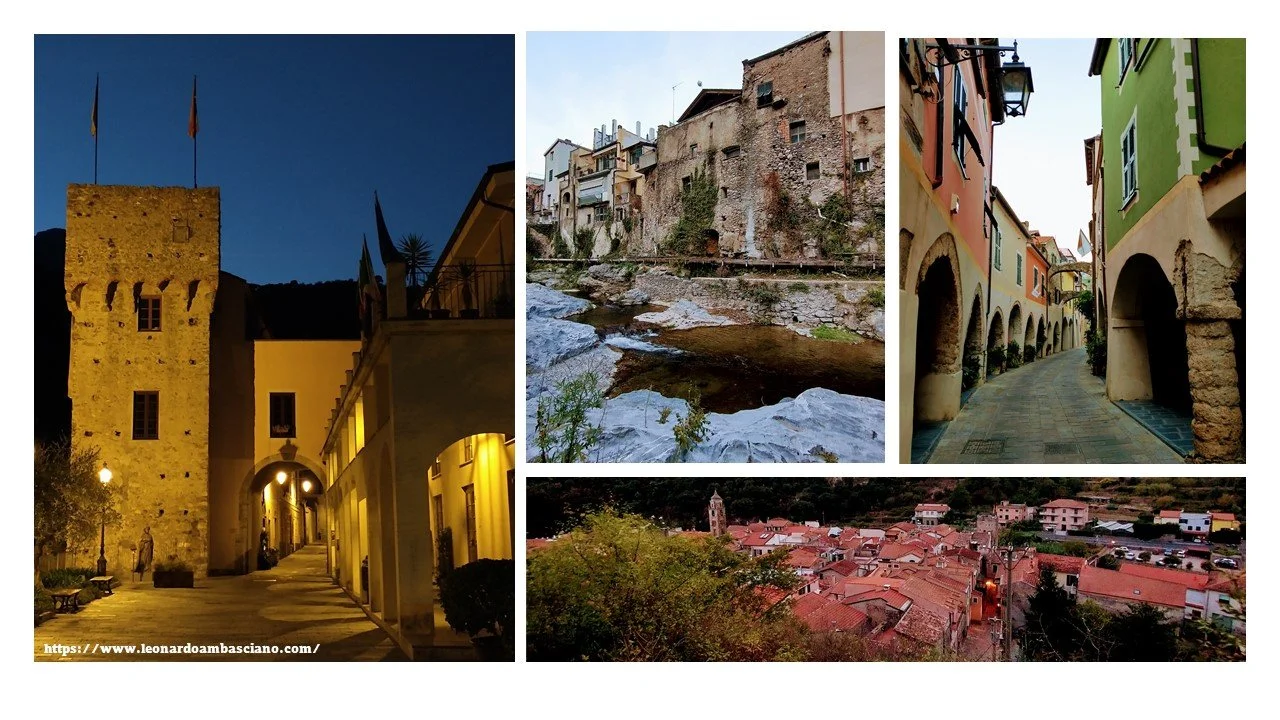
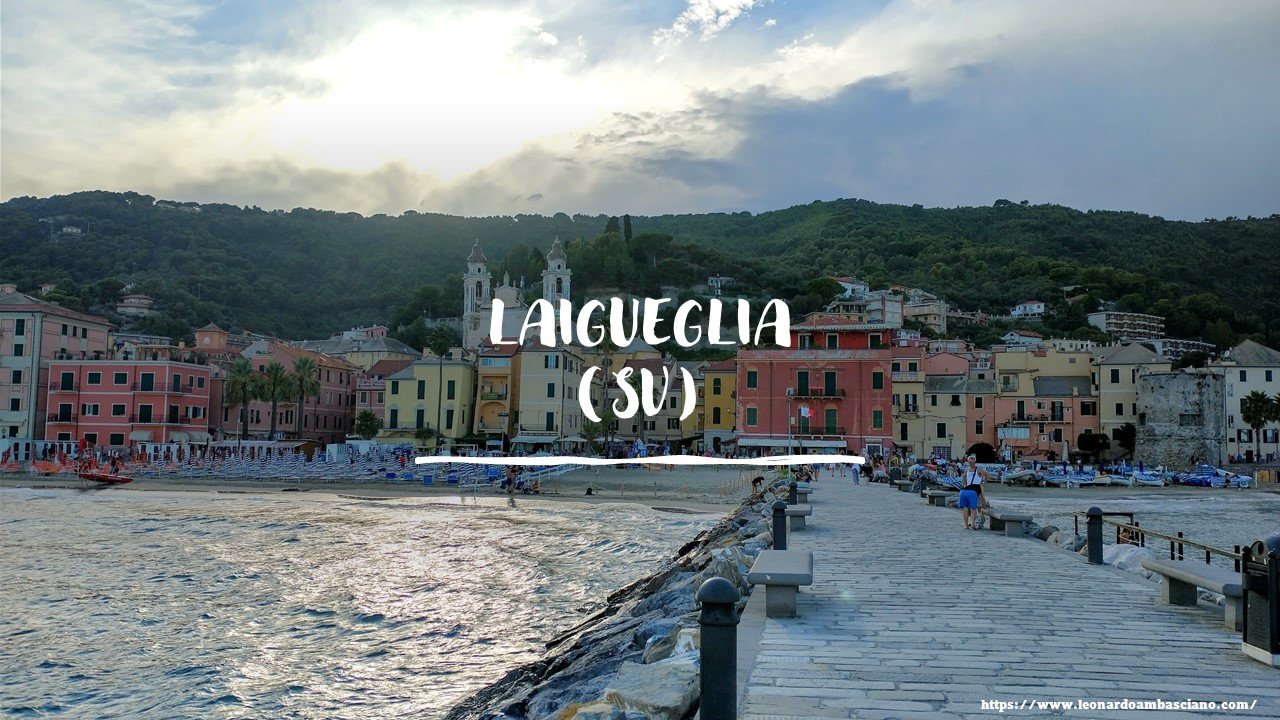
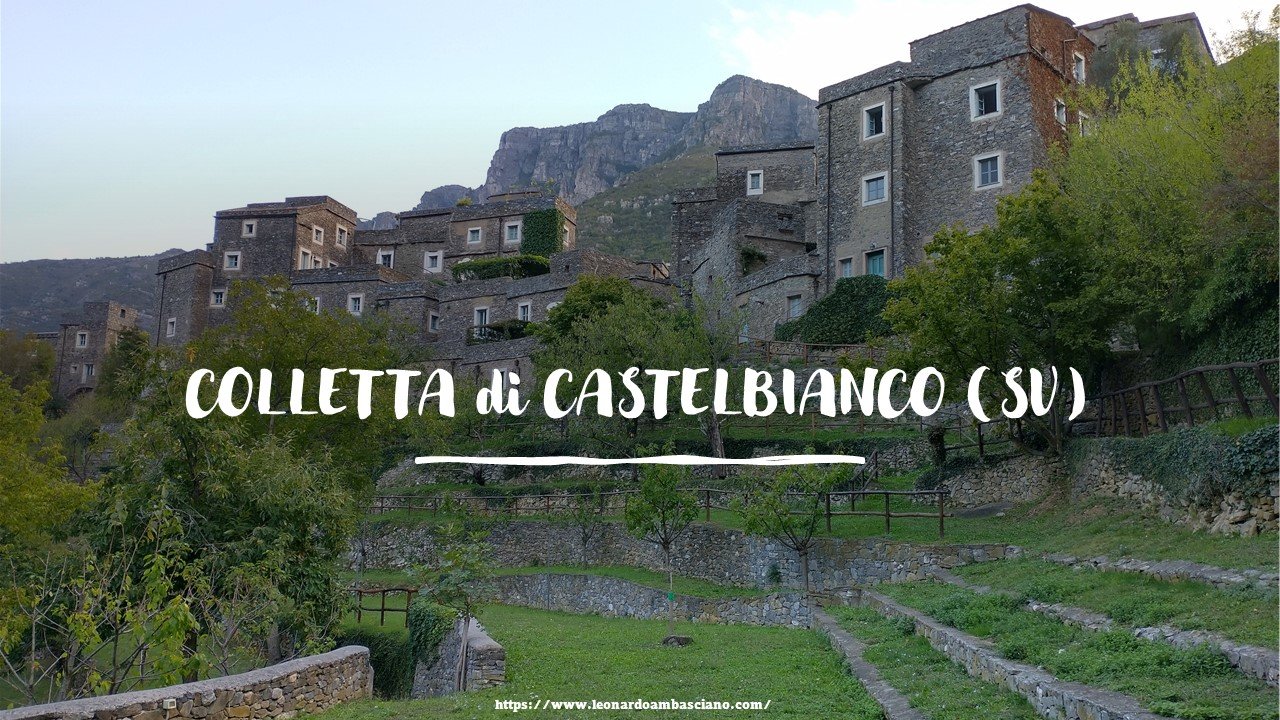
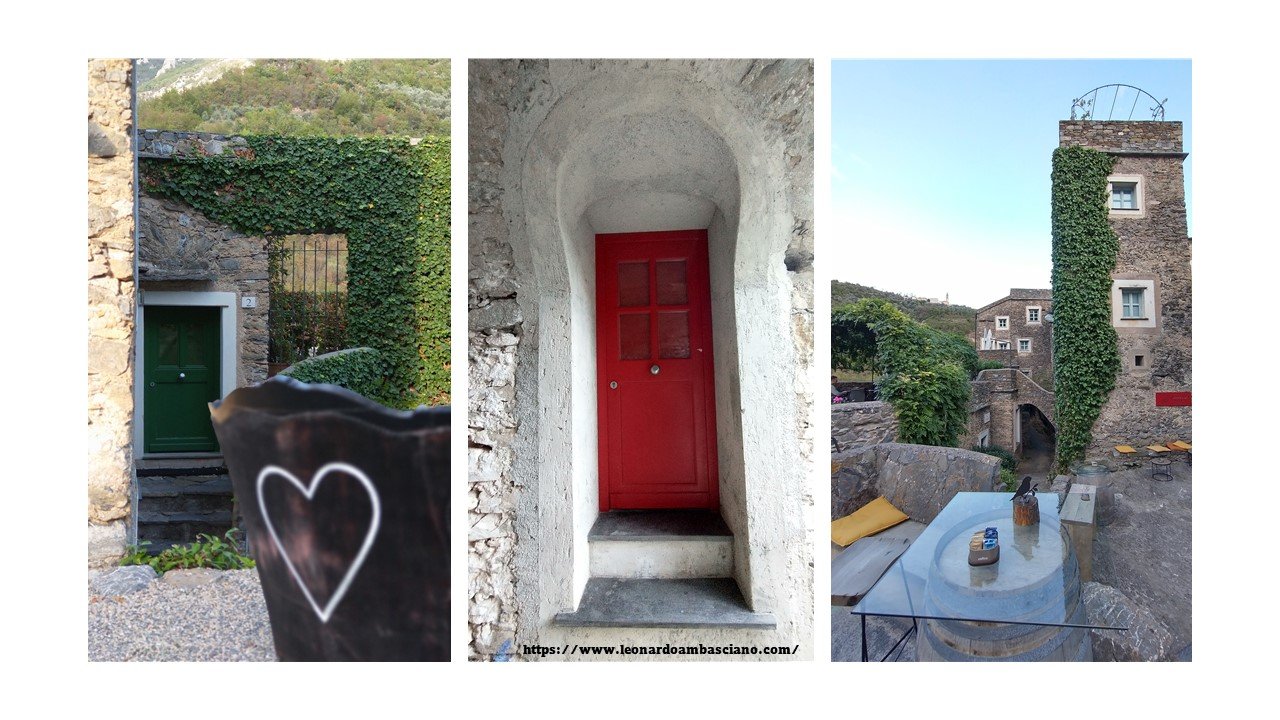
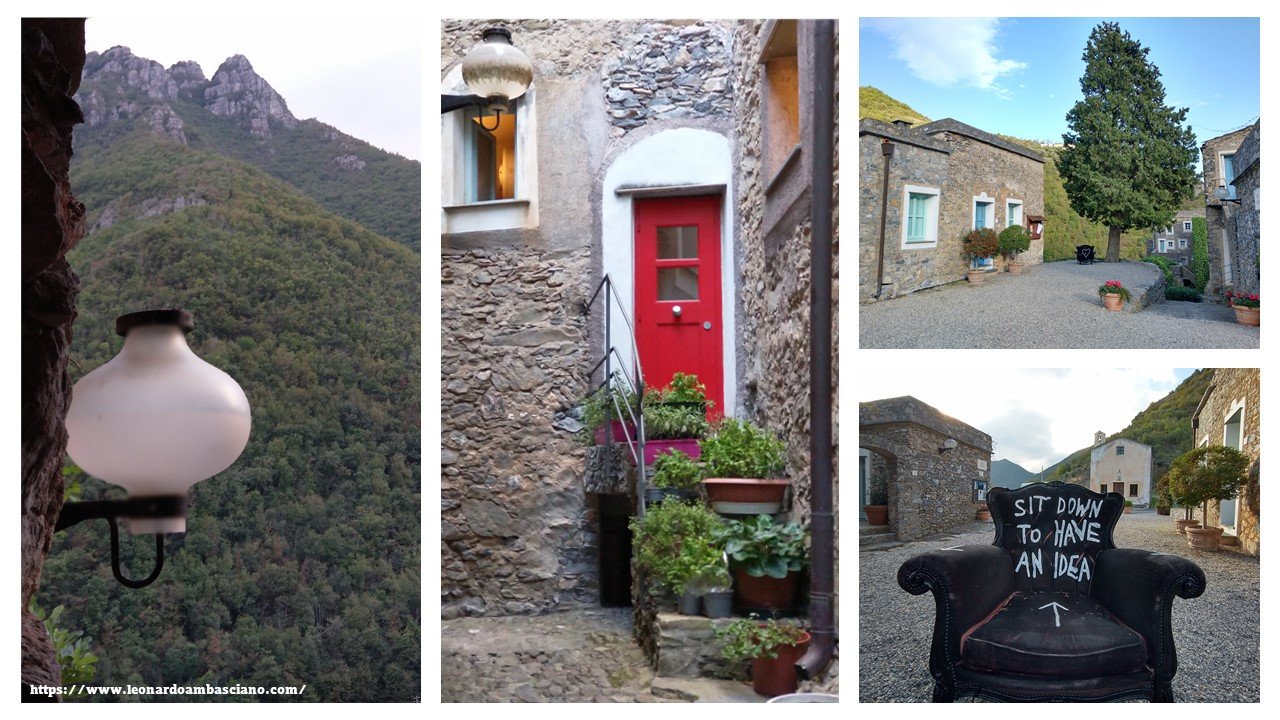
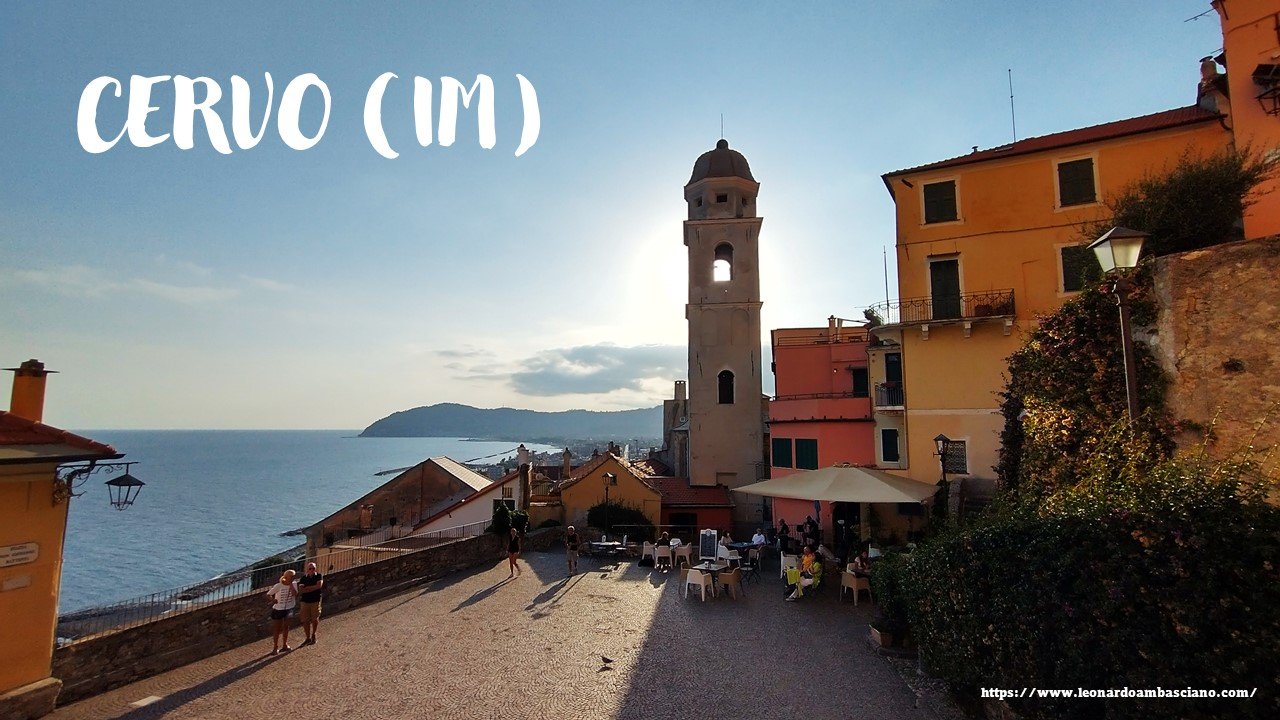

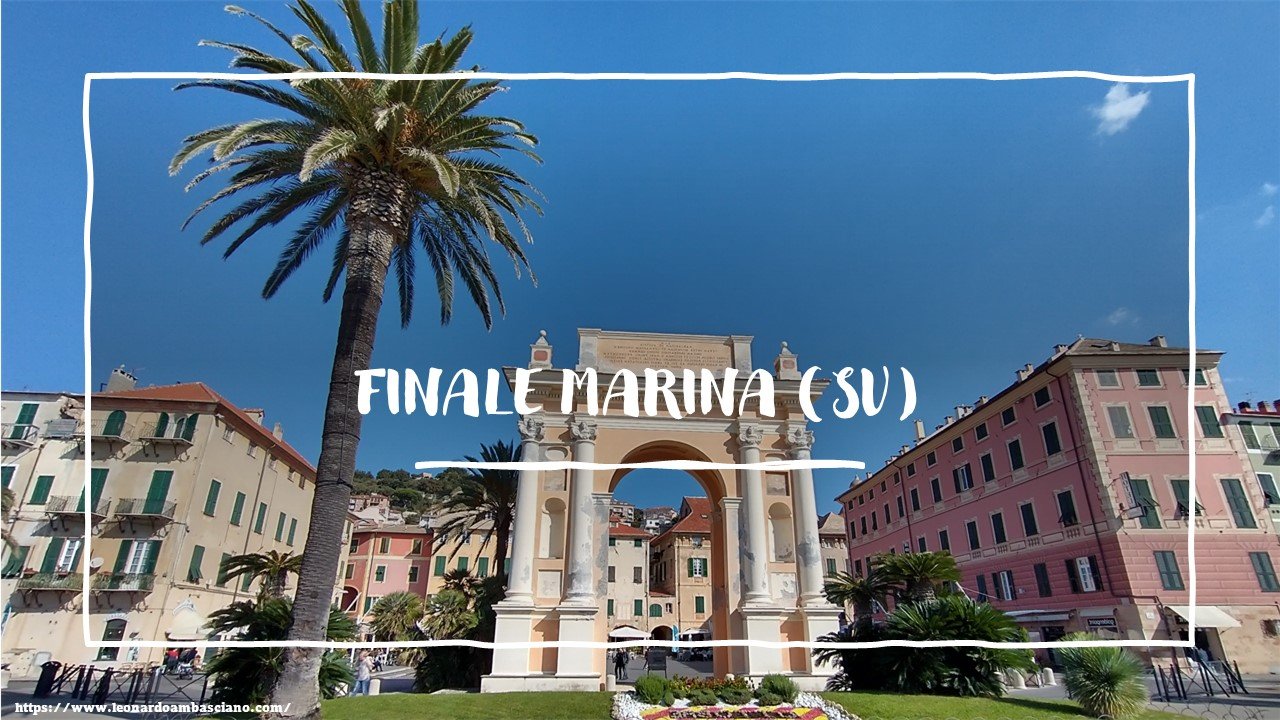
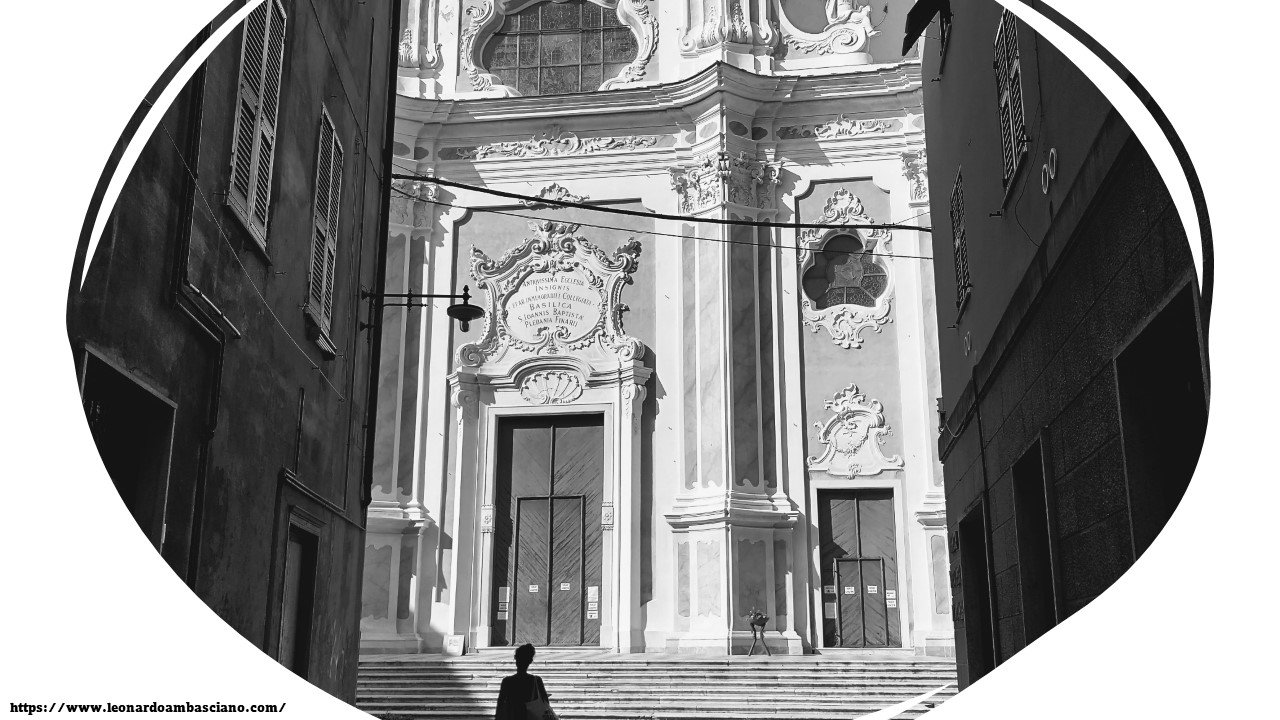
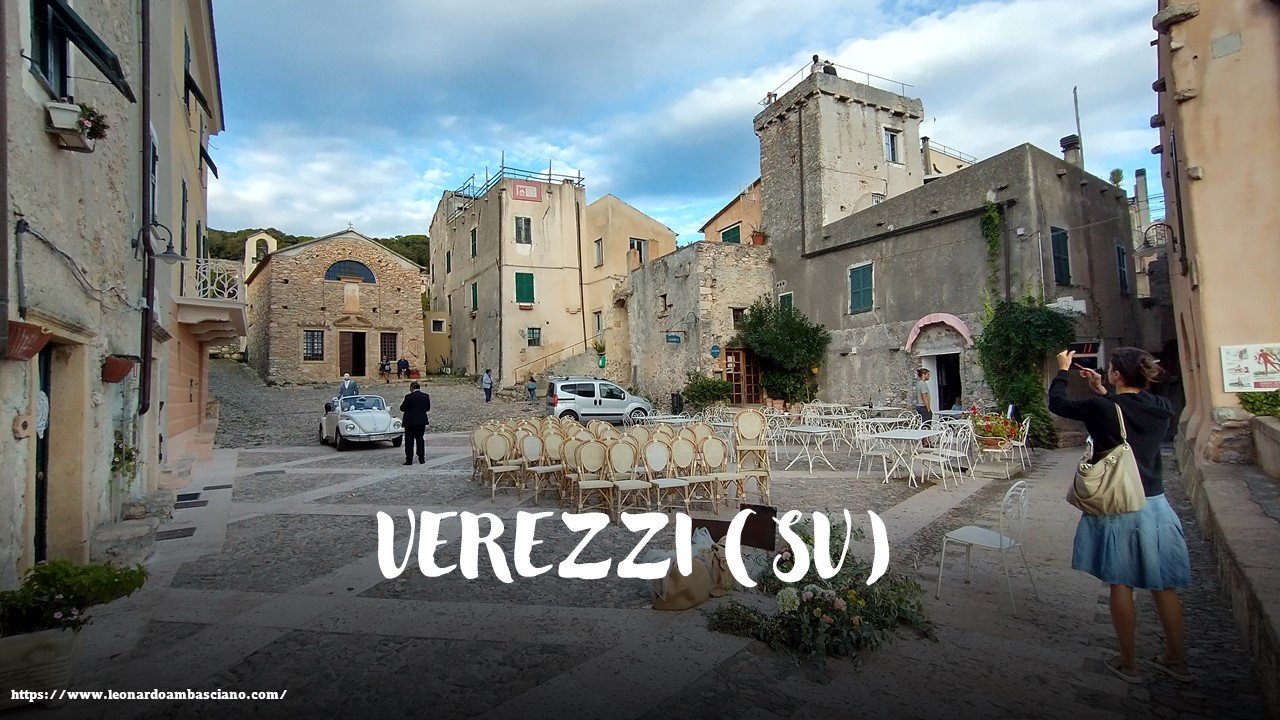
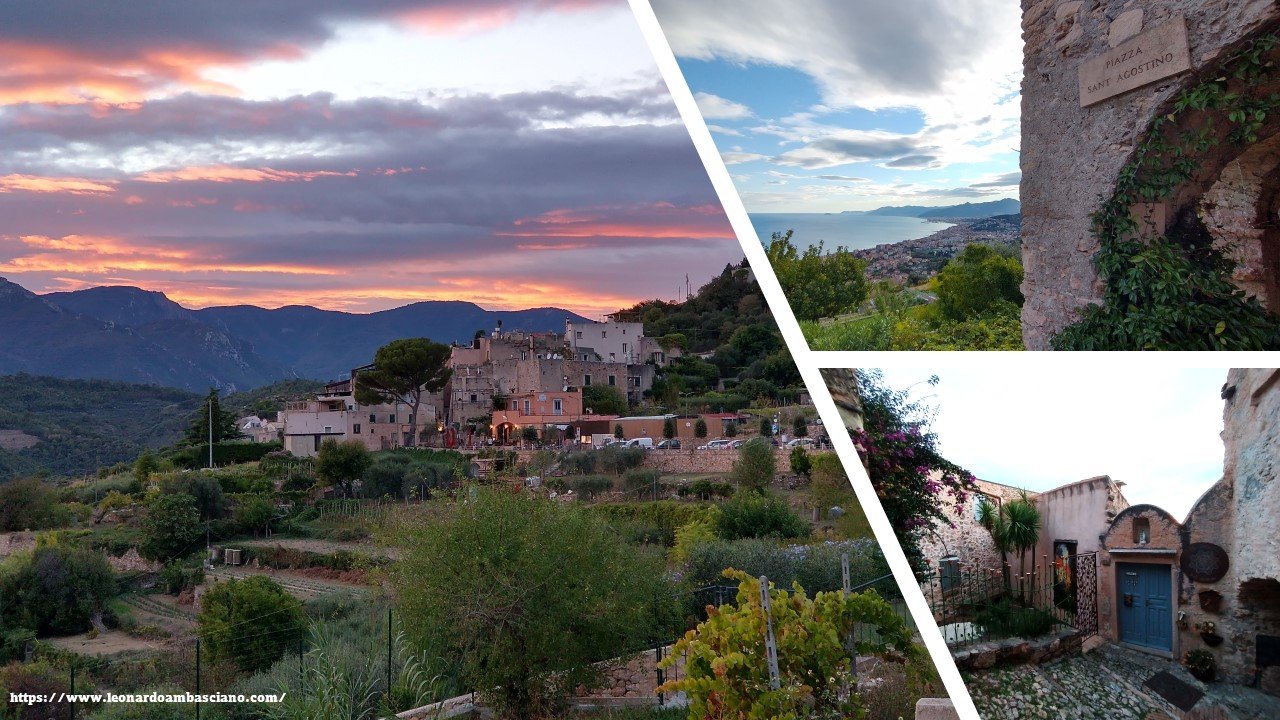
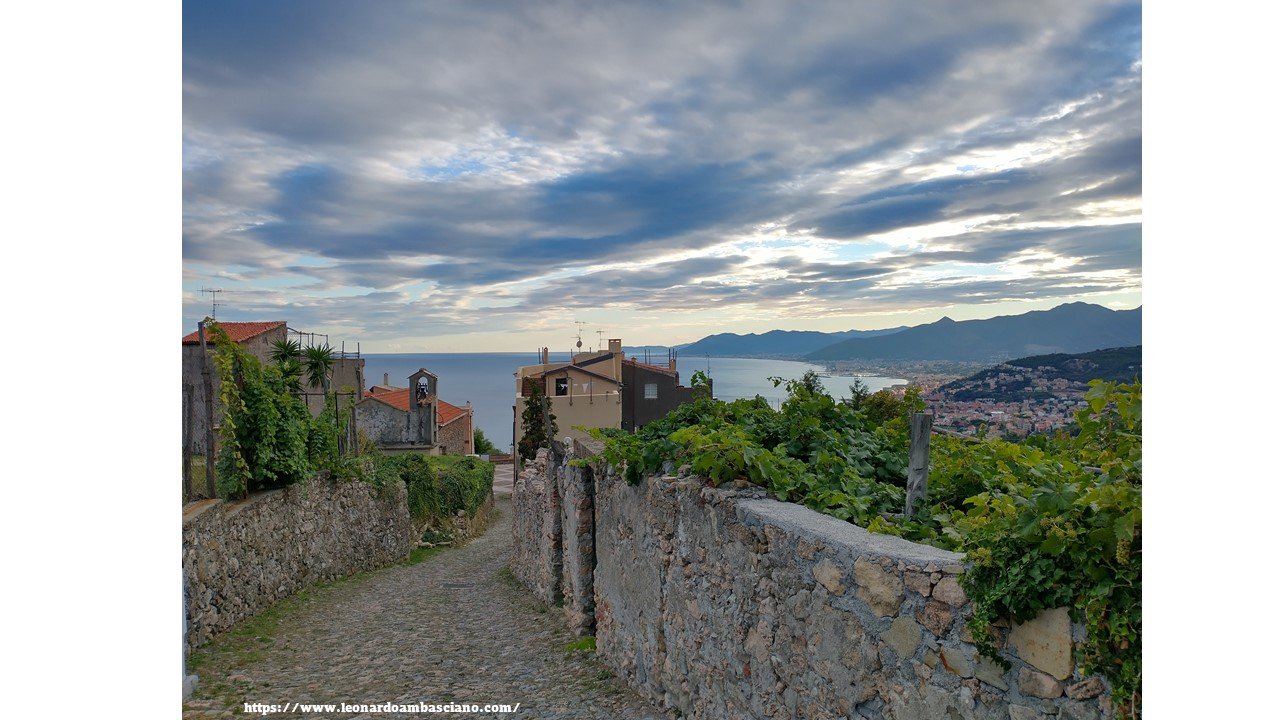

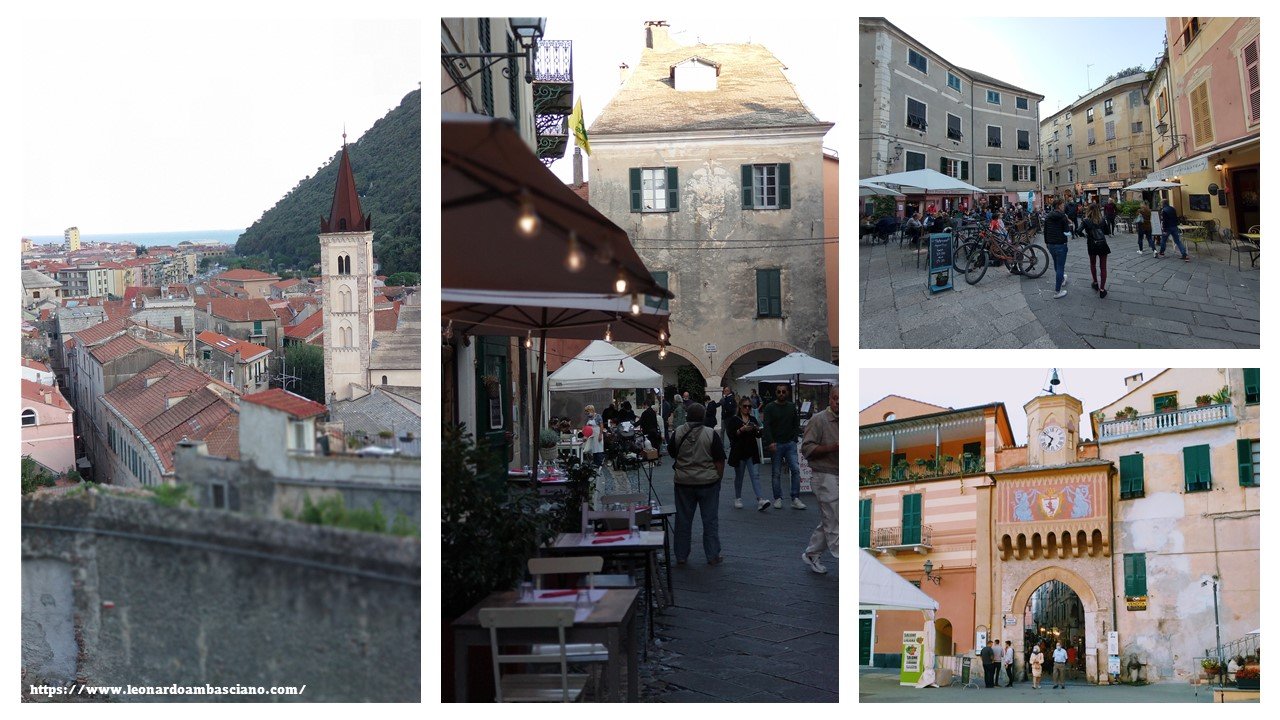

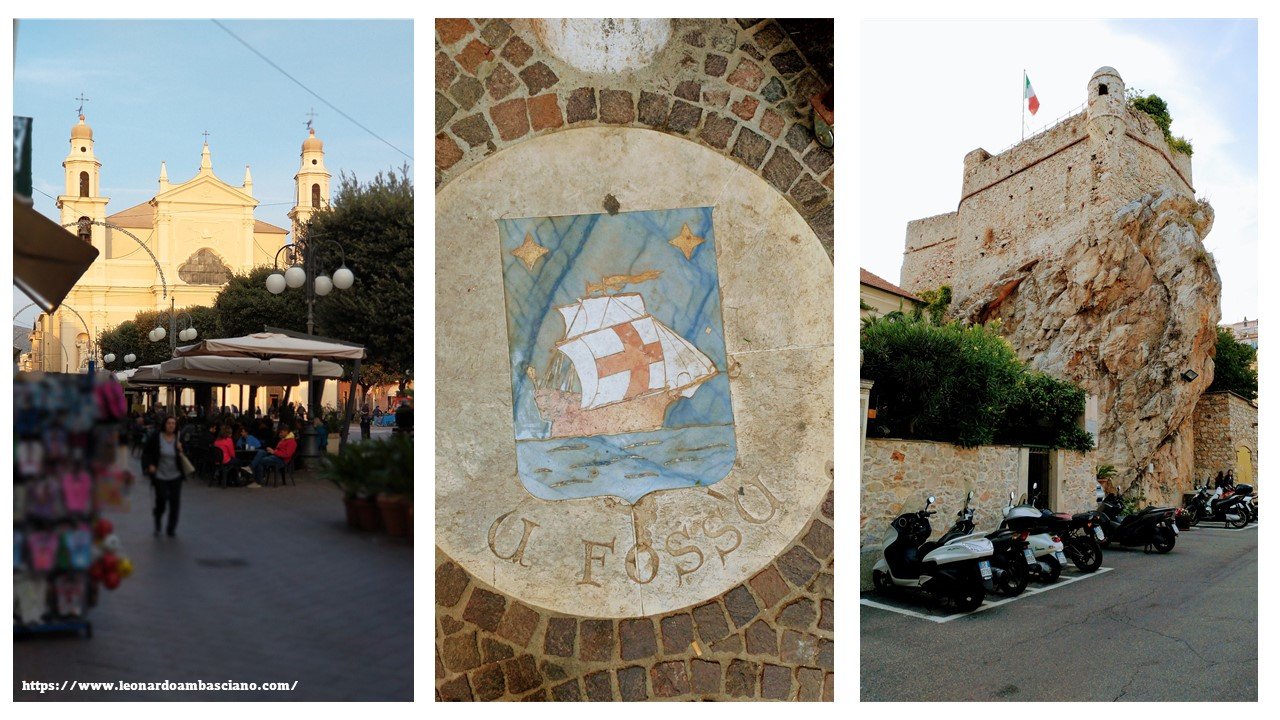
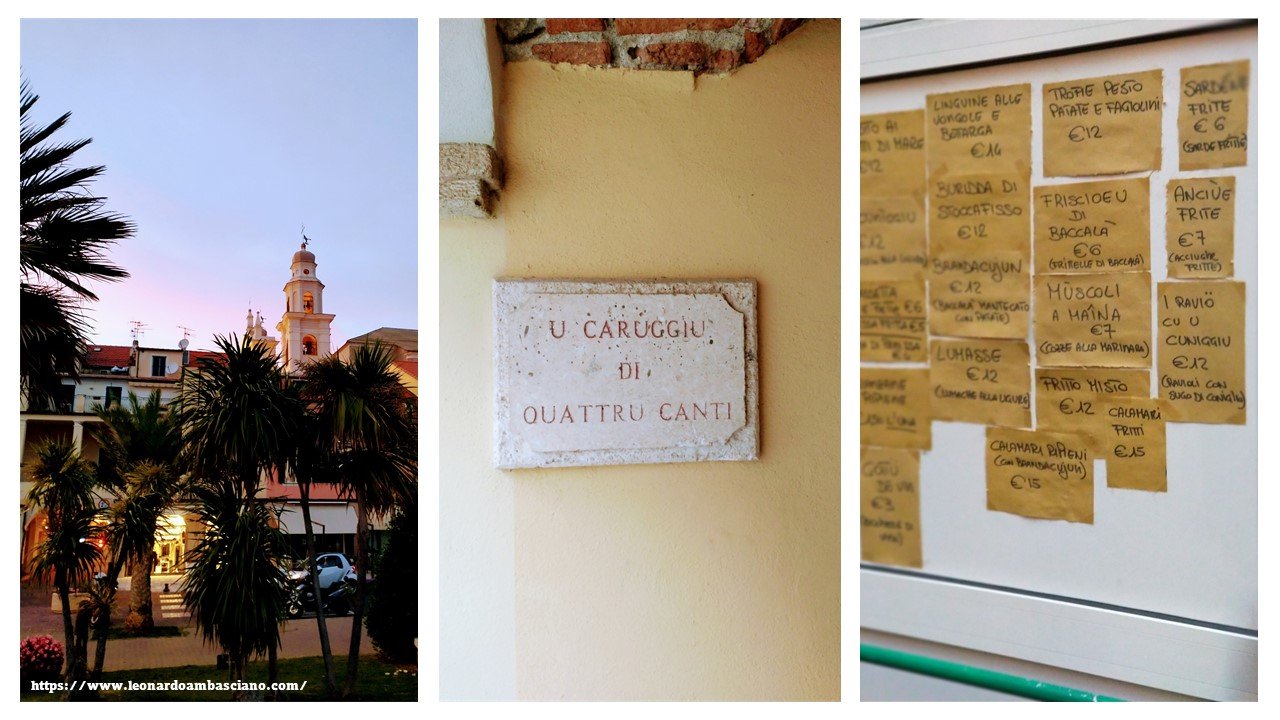

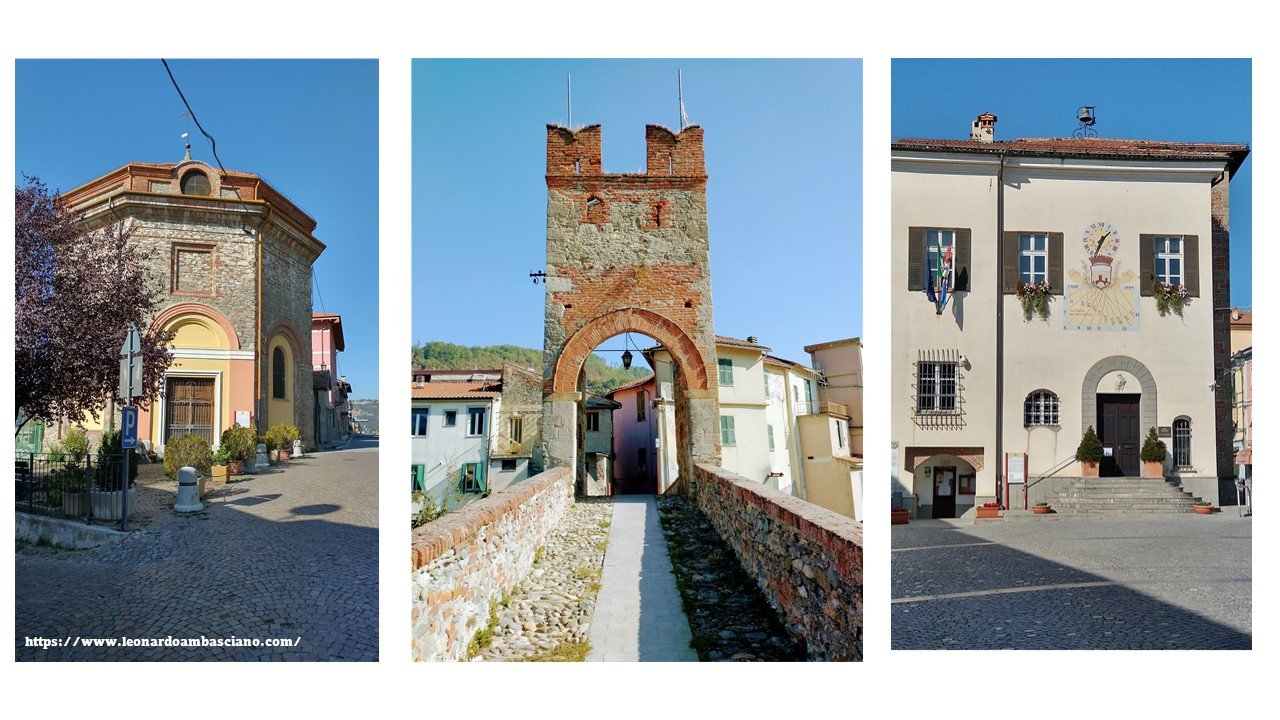

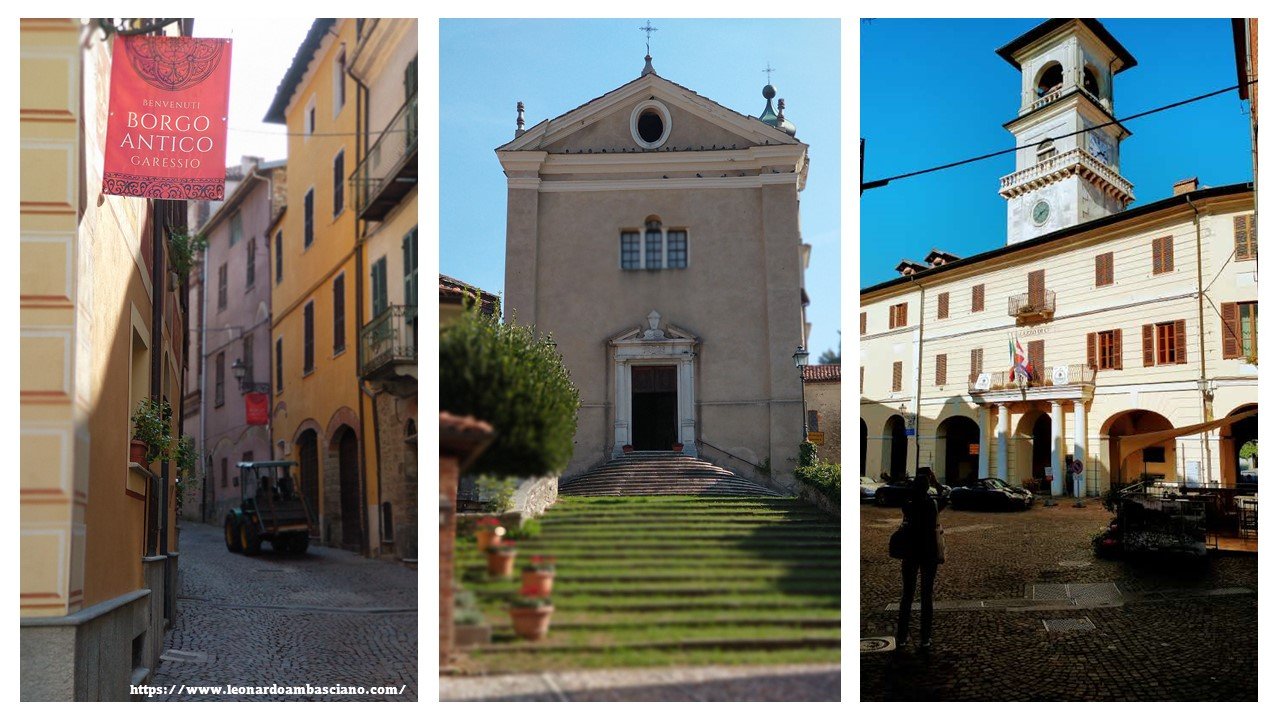

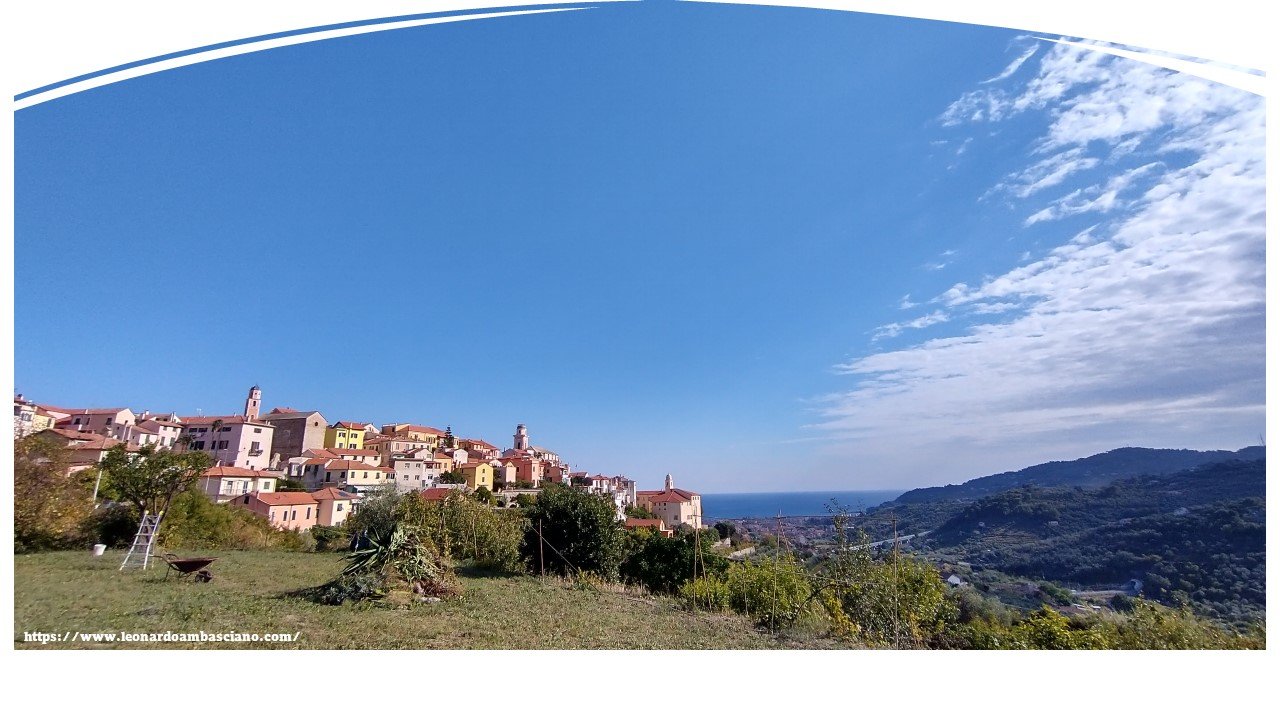
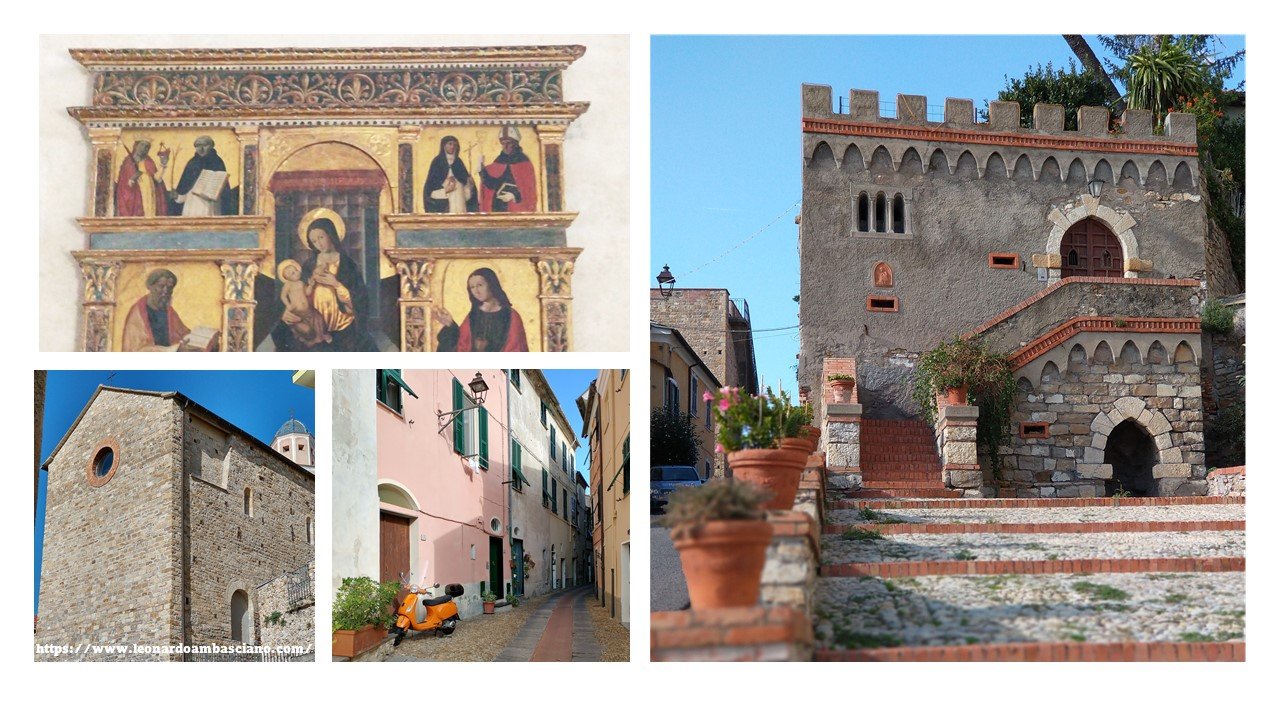
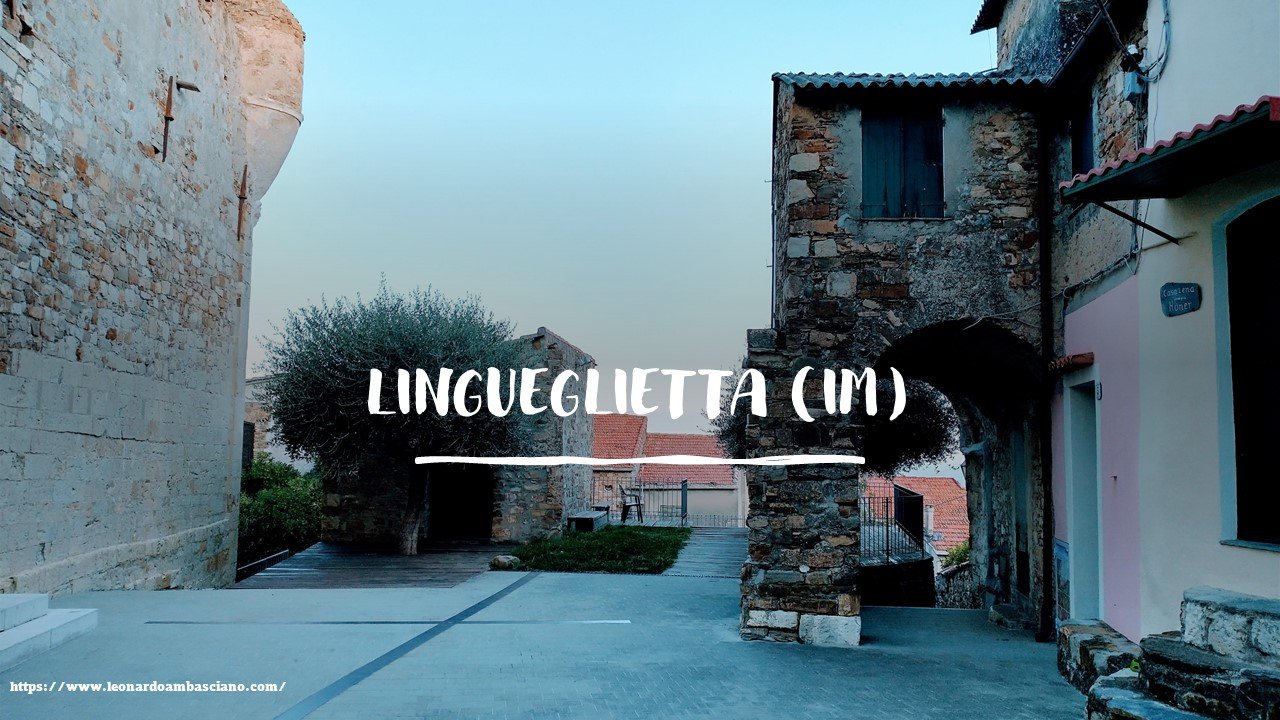
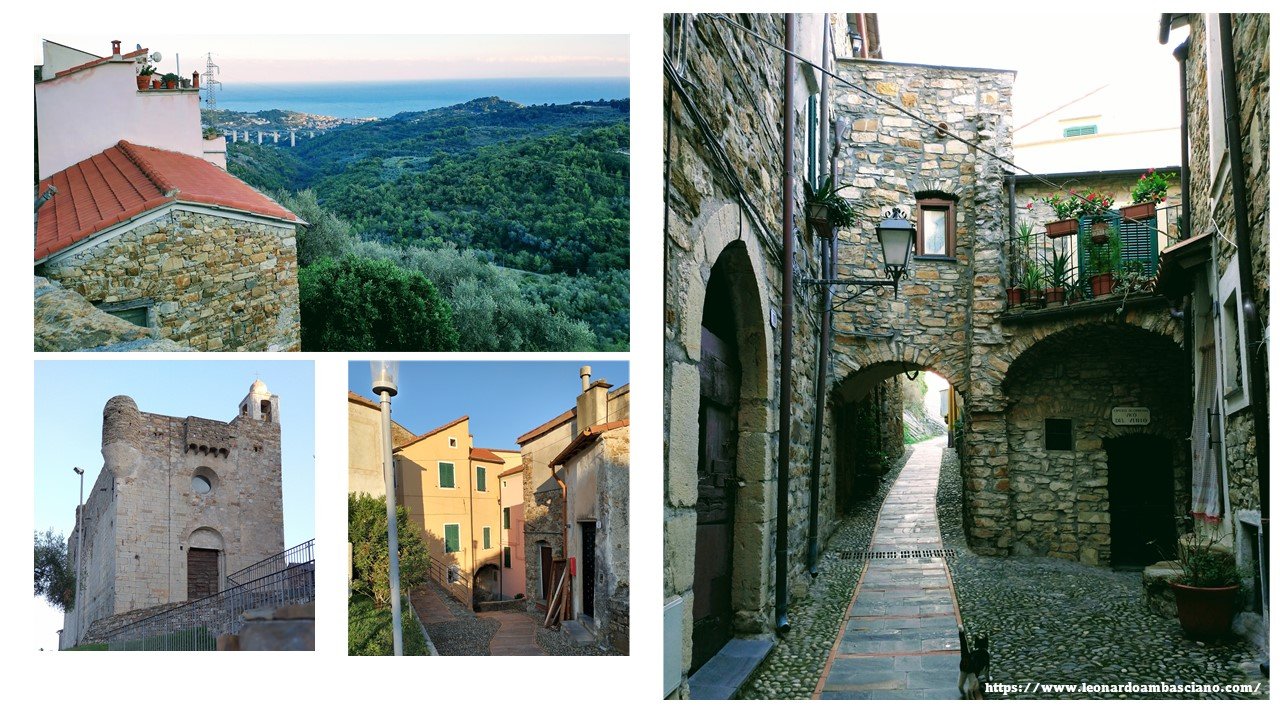
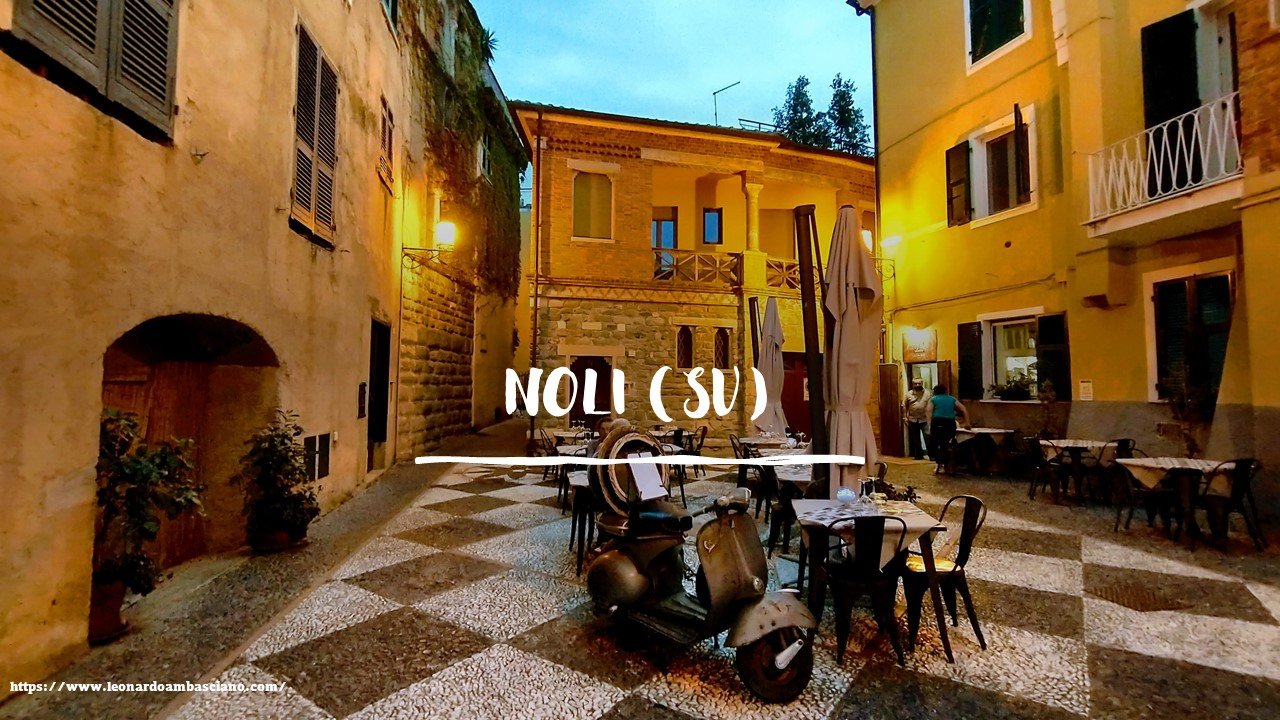
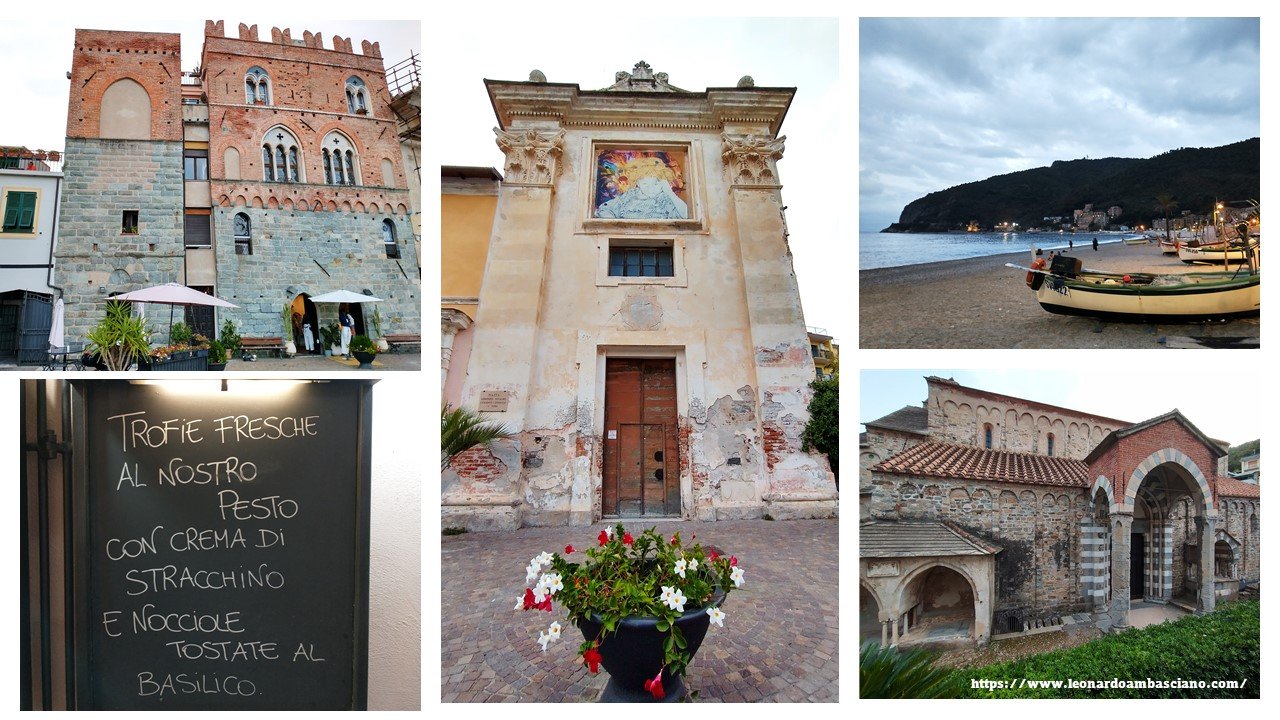
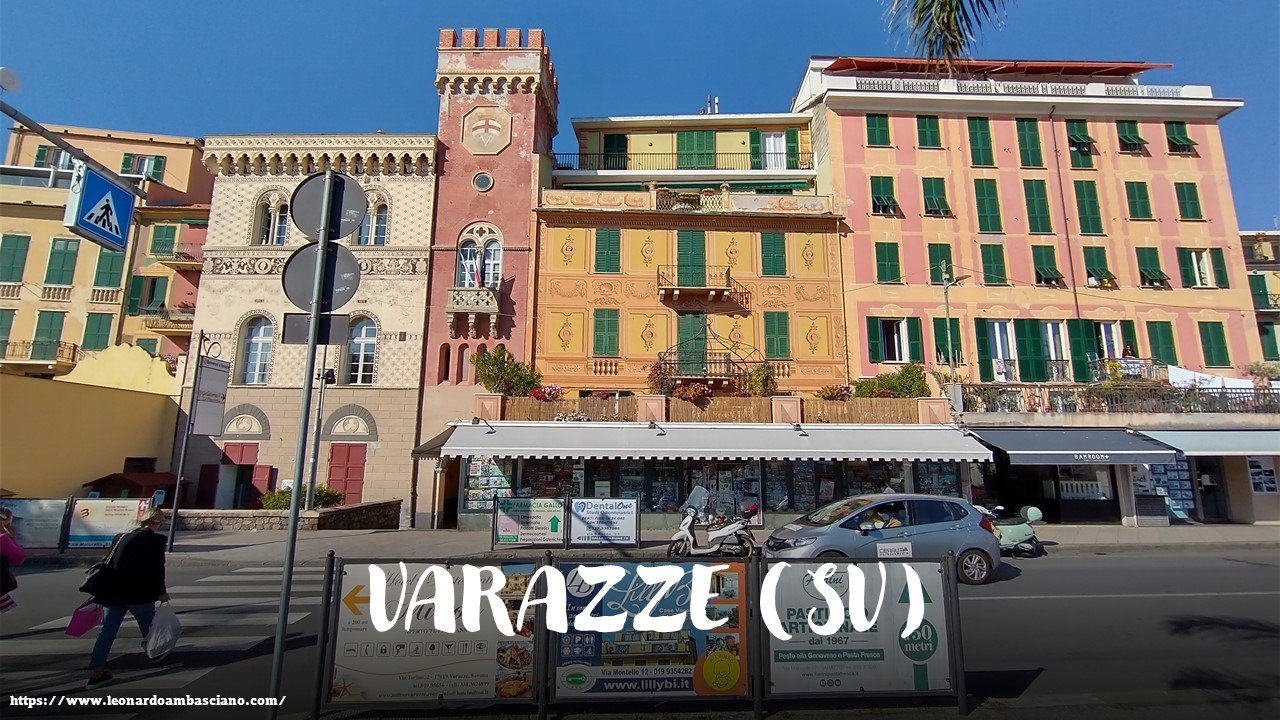
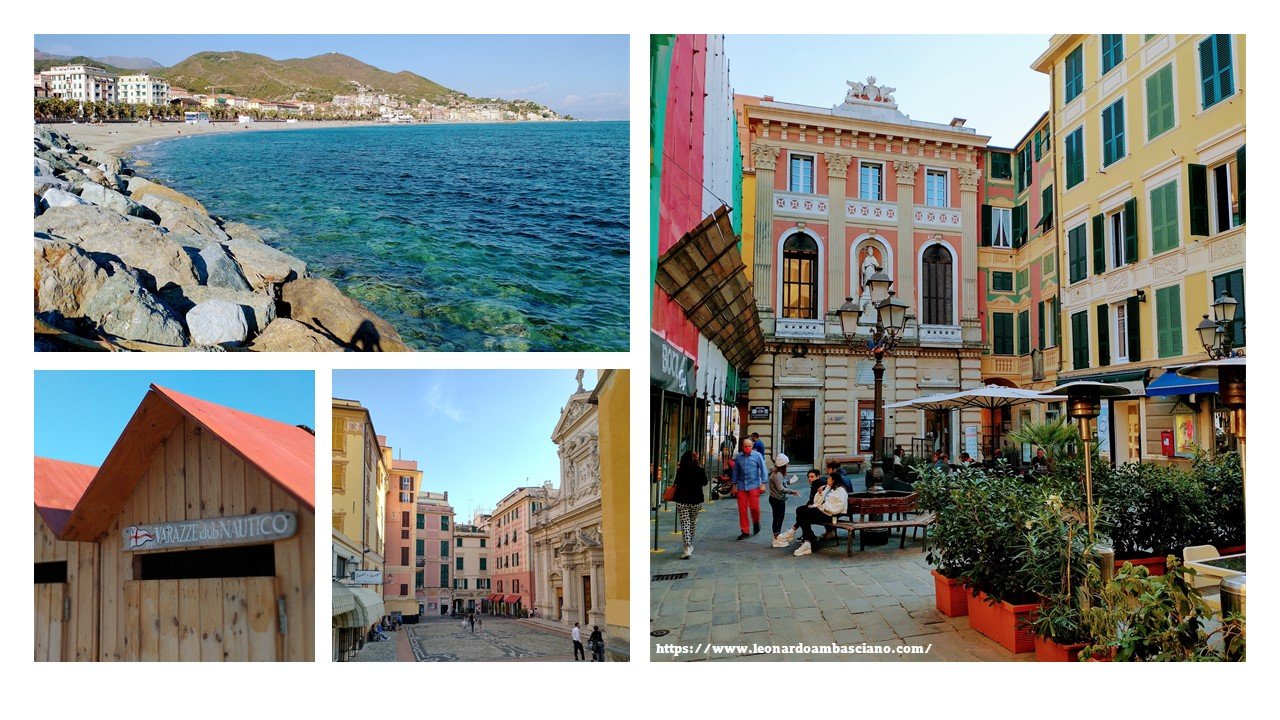
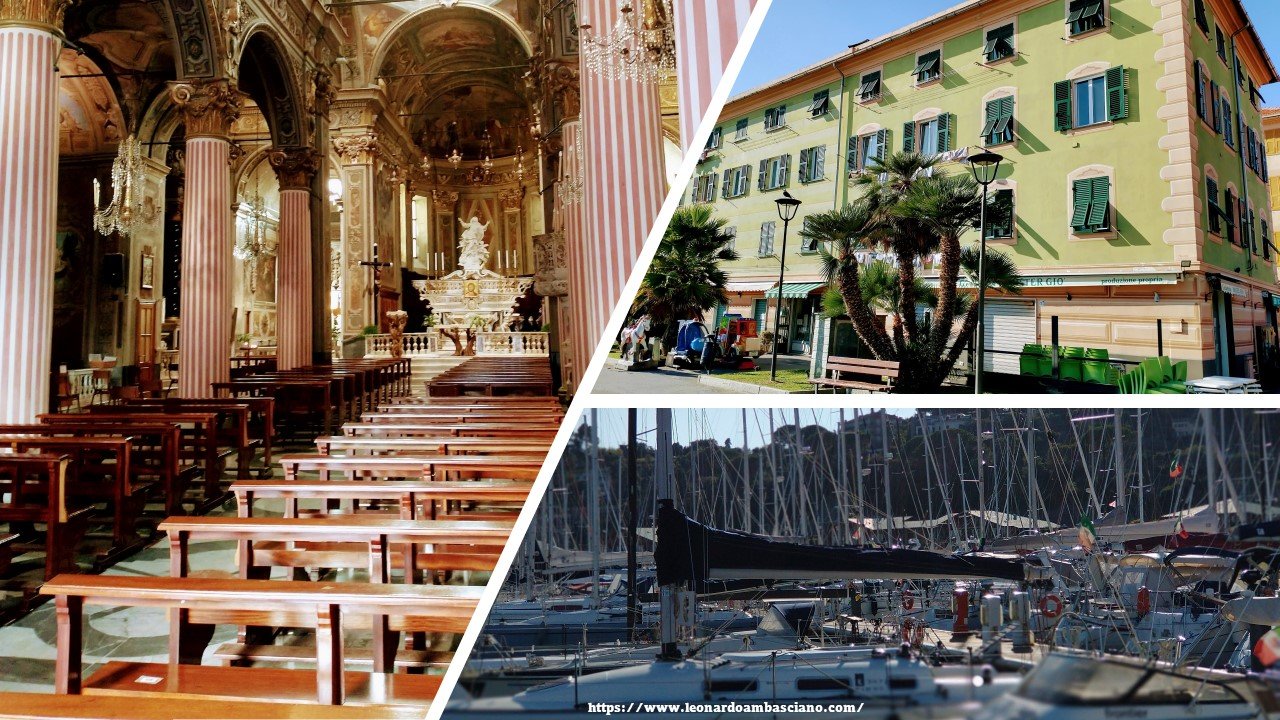
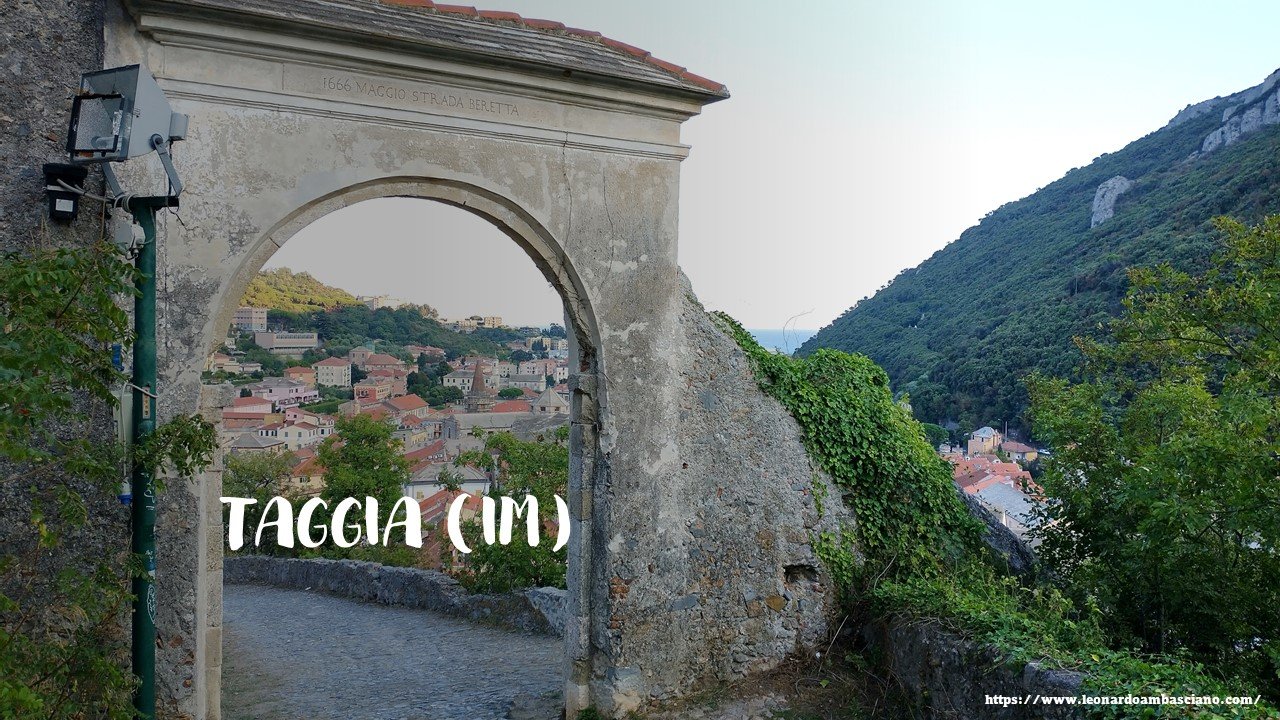
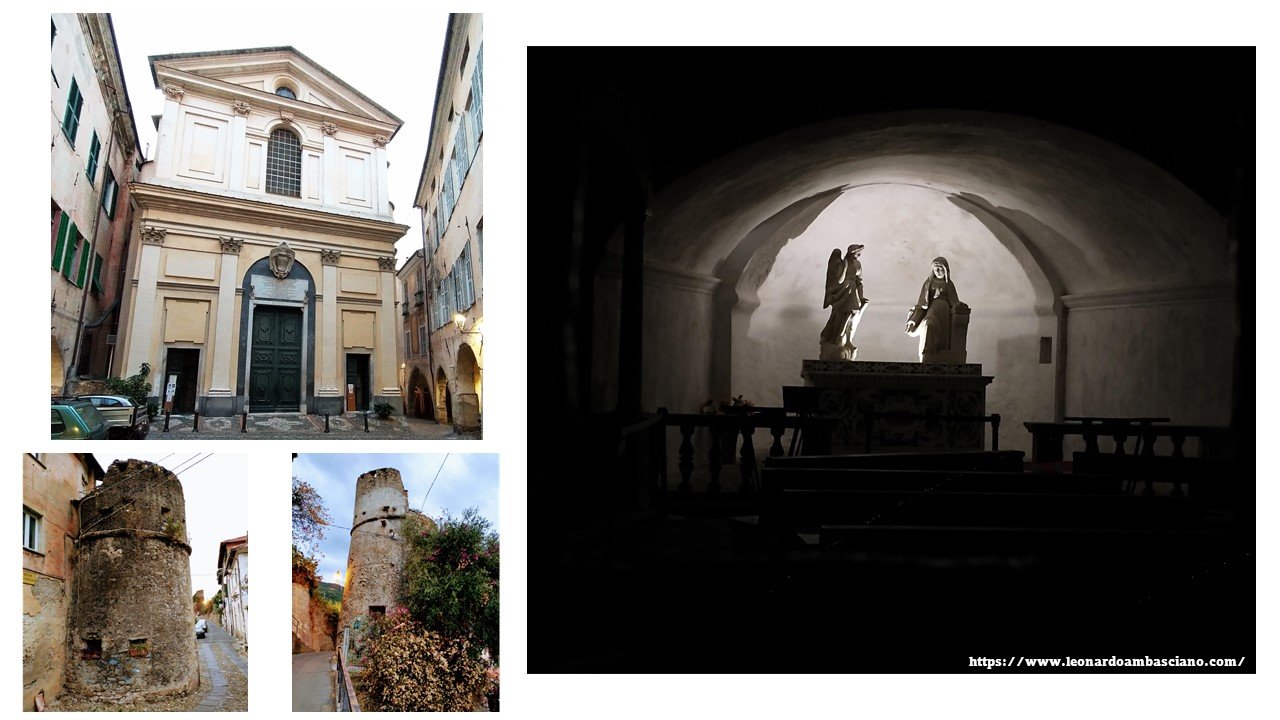
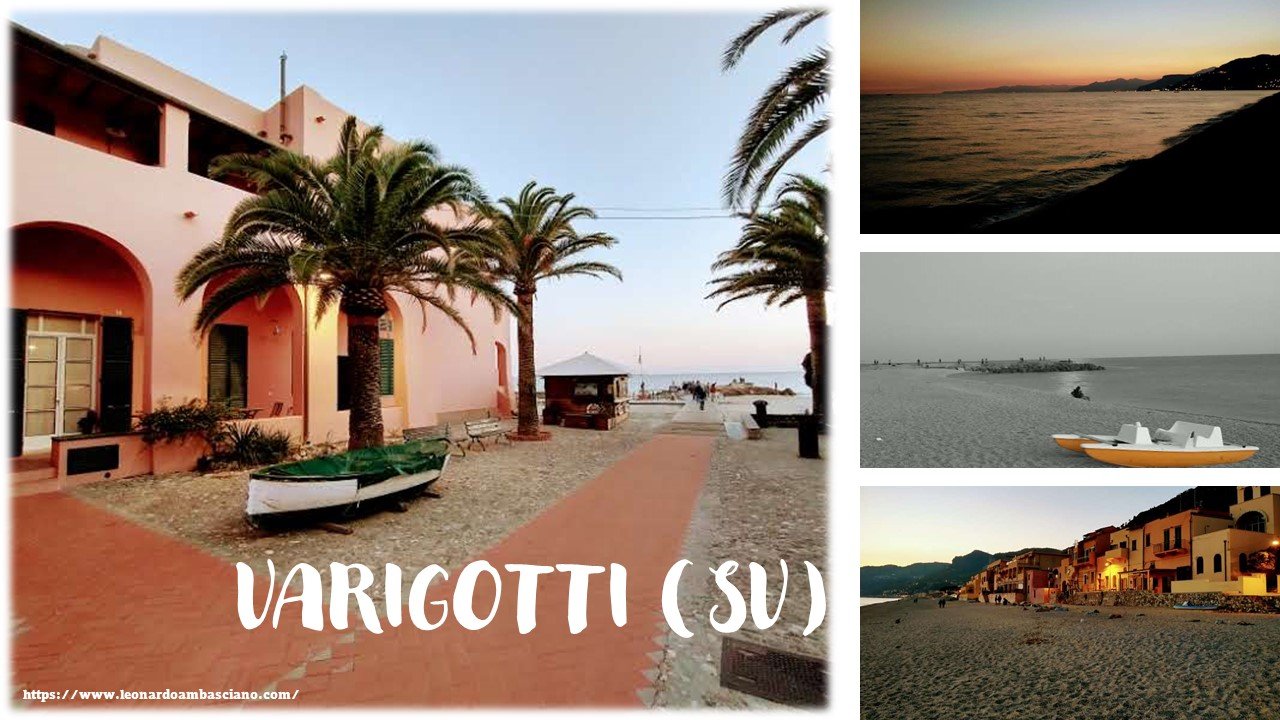
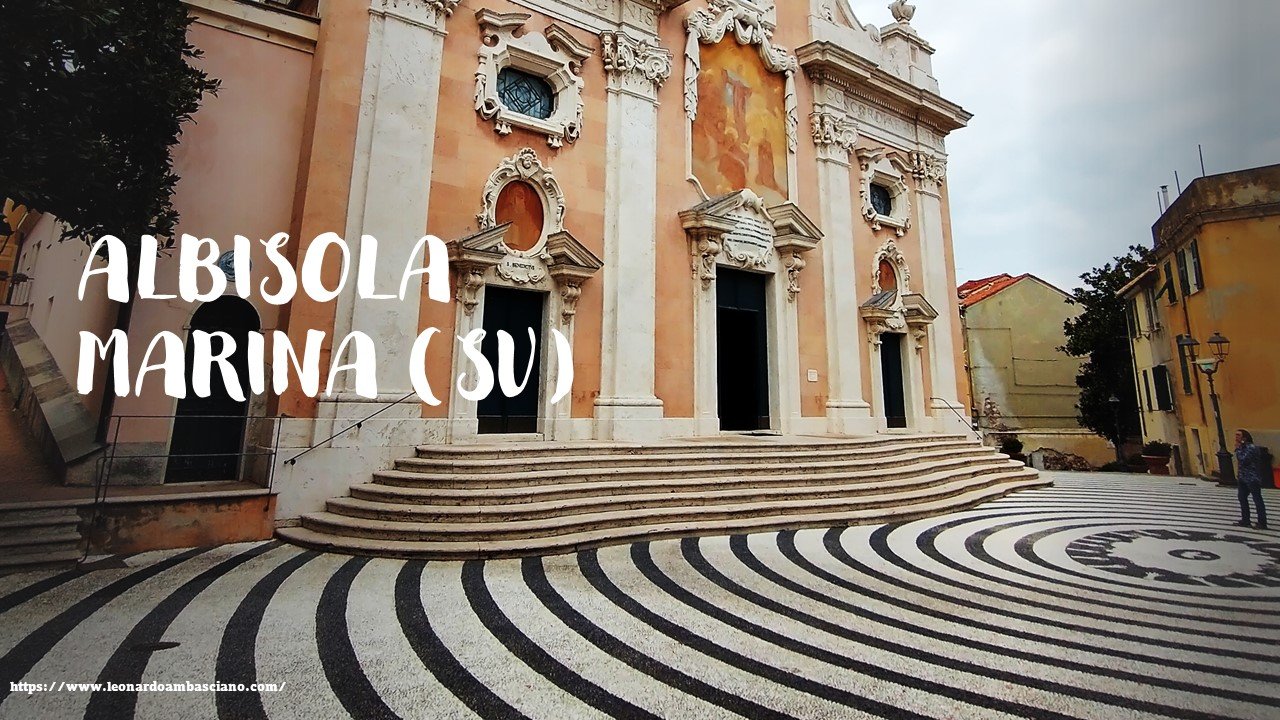
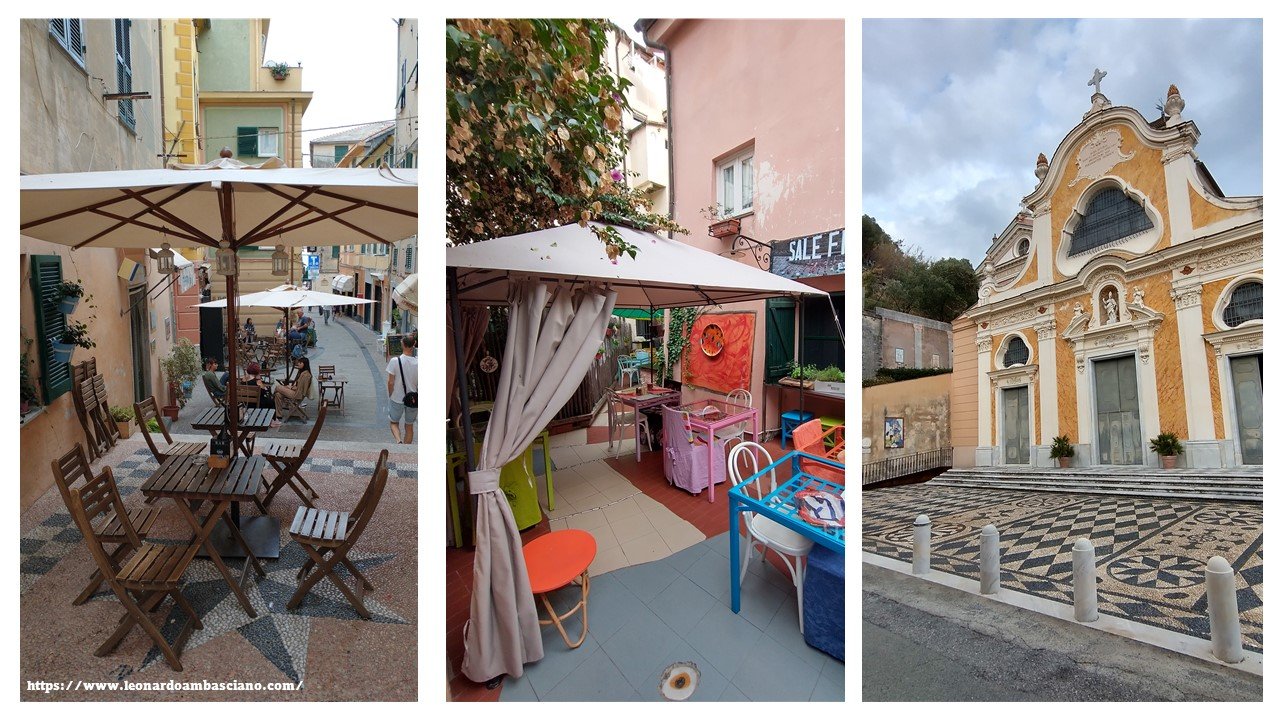
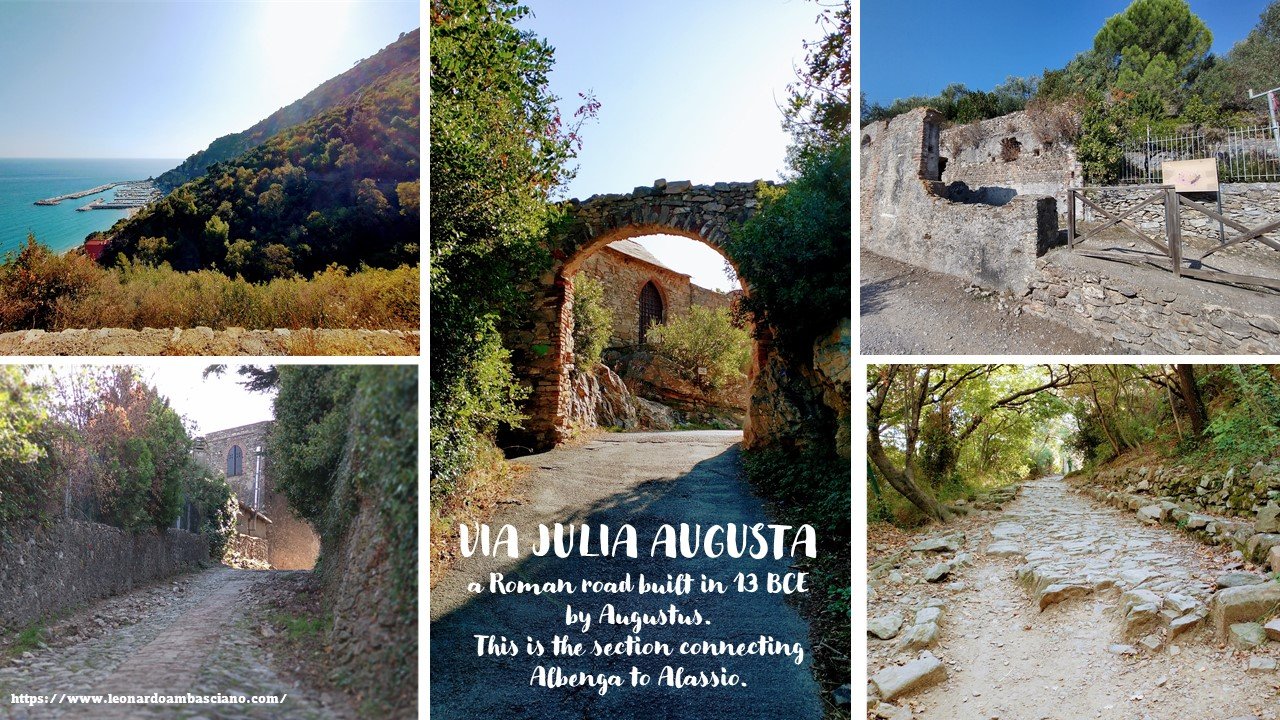
All photos by Leonardo Ambasciano, 2021 (CC BY-NC-ND 4.0) except where indicated otherwise.
Notes
[1] Family history and heritage, individual vicissitudes, and the construction of personal identity are all very complex topics that cannot be tackled here. Anyway, for the sake of this post, let’s consider my heritage and identity as Ligurian.
[2] Alas, we know that there’s no place on Earth safe from the medium- and long-term wreckage caused by global climate change. Most recently, Liguria has been wildly affected by extreme conditions like heavy rainfalls and droughts.
[3] Speaking of languages, it would have been nice to have some Ligurian spoken in the 2021 Pixar movie since Ligurian (ISO 639-3 code: “lij”) is classified by UNESCO as “definitely endangered – children no longer learn the language as mother tongue in the home.” (If you’re curious, you can listen how much Ligurian, a Gallo-Italic language, differs from standard Italian by listening to this story on YouTube.) Shame on you, Pixar.
[4] According to local interpretations, the name of the Celtic god Belenus, also identified with the Roman Apollo, survived to modern times in the Ligurian word belìn. Now, belìn and all its manifold cognates are commonly used throughout the whole region by (almost) anyone to designate the male genitalia, to express shock, bewilderment, or amusement, and to underscore any sort of ironic or sarcastic remark. Ligurian is the only language I know where the name of an ancient god has allegedly become the vernacular name for the male genitals... basically, it’s History of Religions 101: religions die, words change, meanings are reassigned. Max Müller would have been enthused! Alas, this most curious etymology has been called into question and reframed as erudite wishful thinking from the 19th century… science ruins everything! (although I am still a bit unconvinced by this philological interpretation, see Toso, F. 2015. Piccolo dizionario etimologico ligure. Genoa: Editrice Zona).
Belàndi! Leonardo Ambasciano, 2021 (CC BY-NC-ND 4.0)



